Muslim towers, Gothic churches, medieval “skyscrapers,” and hanging houses are just some things to see in Cuenca. Perched atop a sheer cliff halfway between Madrid and Valencia, the ancient city of Cuenca is a fascinating place to visit. Most people come for a day trip from Madrid, which is fine, but today we’ll argue that there’s much more to do in this Castilian city than fits in a day. In fact, it is recommended that you spend at least two days in Cuenca.
Things to See in Cuenca in 2 Days
The upper city of Cuenca is a magical place. Its walls, old houses, and cobblestone streets attest to the importance of this city in medieval times. Turn in any direction, and you’ll find small lookout points with dramatic views of the rugged river gorges that surround it. Most inhabitants now live in the newer part, which helps the historic center maintain that time-travel feel.
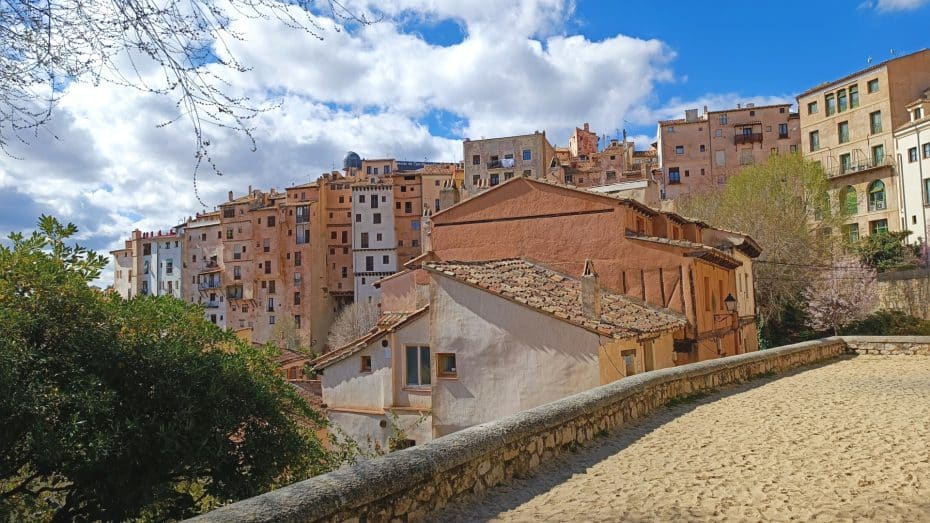
The Moors founded Qunka in the 8th century on a rocky hill surrounded by the gorges of the Júcar River to the north and its tributary, the Huécar, to the south. The relief of the settlement, combined with an excellent system of fortifications, made it an impregnable place. After some 400 years of Islamic rule, the city was conquered by Alfonso VII in the 12th century. Today, we can see remains of its rich medieval historical legacy in its old town. The city entered the list of UNESCO World Heritage Sites in the 1990s under “Historic Fortified City of Cuenca.”
Our guide told us that he never left the city, not even on vacation. If he needed to go to the countryside, he only had to walk or drive a few kilometers to get to the beach. The natural pools and swimming pools of the province were enough for him. After spending two days in Cuenca, even I, an avowed urbanite and incorrigible traveler, began to understand his position, especially after visiting the nearby natural sites of Ventano del Diablo and the Enchanted City.
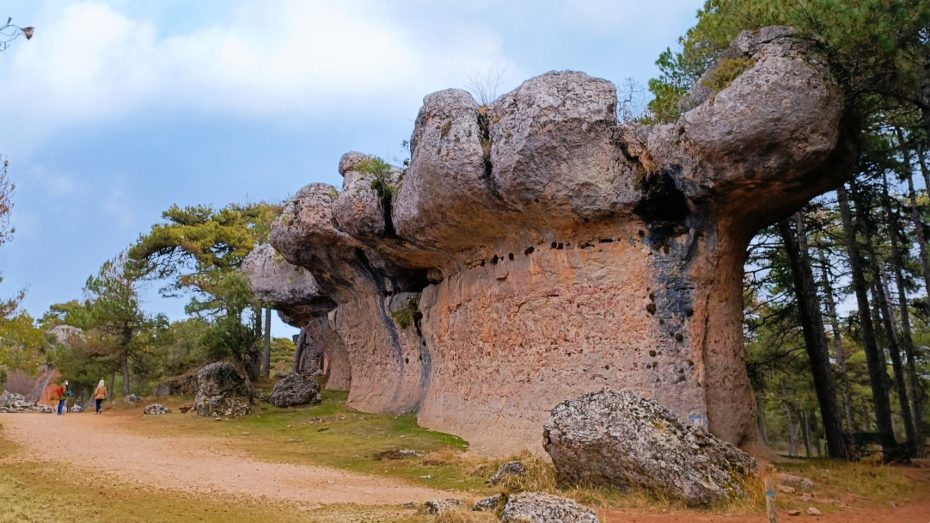
In this article, we will explore what to do in Cuenca in two days; we will talk about attractions, recommended city tours, and day trips. We will also mention restaurants and hotels, and we will give you tips for a perfect trip to this town.
Before we start
Although most of the things we are going to talk about in this weekend’s itinerary in Cuenca can be booked once you are in the city, we recommend that you go with cover the basics.
Transport
Of course, the first thing you have to do to visit Cuenca is get there. The good news is that thanks to its geographical position halfway between Madrid and Valencia, this Castilian city has excellent road and train connections (including high-speed services) from both capitals.
It is a small city, and you won’t need a car to get around once there. The historic center is full of narrow streets and stairs that make driving a nightmare. That said, having a car makes it easy to explore the corners of the province that are not reached by public transport.
Keep in mind that Cuenca is a city with an impressive slope, and you will have to climb (and descend) many hills. Remember to bring comfortable shoes, a raincoat, sunscreen (especially in summer), and water.
Accommodation
Undoubtedly, the best area to stay in Cuenca for a weekend trip is Ciudad Alta. Staying in the walled enclosure will make your visit easier as you can easily walk to every corner of the walled city. On our most recent visit, we stayed at the Hotel Leonor de Aquitania, a very comfortable property with spectacular views of the Huécar Gorge.
View all accommodations in Cuenca
Tours and activities
You have to organize your time well for a two-day visit to Cuenca. The first time we were in the city, we did it on our own, and this time, we did guided tours, and you can see the difference. To visit the Old City, we hired the tour “Cuenca: Tour of the Medieval Old Town and Cathedral” and it was very worthwhile.
To explore the Enchanted City it is also advisable to hire an excursion that includes transportation. We took the Excursion to the Enchanted City and couldn’t be happier.
Itinerary Cuenca in two days: Day 1
Two days are the perfect amount of time for visiting Cuenca. The city has enough things to do to keep you busy and entertained. In our experience, this is how we suggest spending the first 24 hours in Cuenca.
Early in the morning: Breakfast and walking tour of the Old Town
The best plan of attack for a day full of hikes, hills, and stairs is to have a big breakfast. Most accommodations in Cuenca offer buffet or continental breakfast service. If you’re staying at a place that doesn’t include it, we recommend the Restaurante Mangana, located in the historic center and offers sweet and savory options.
After breakfast, the most appropriate place to begin seeing Cuenca is the ruins of the castle that would give origin to the city.
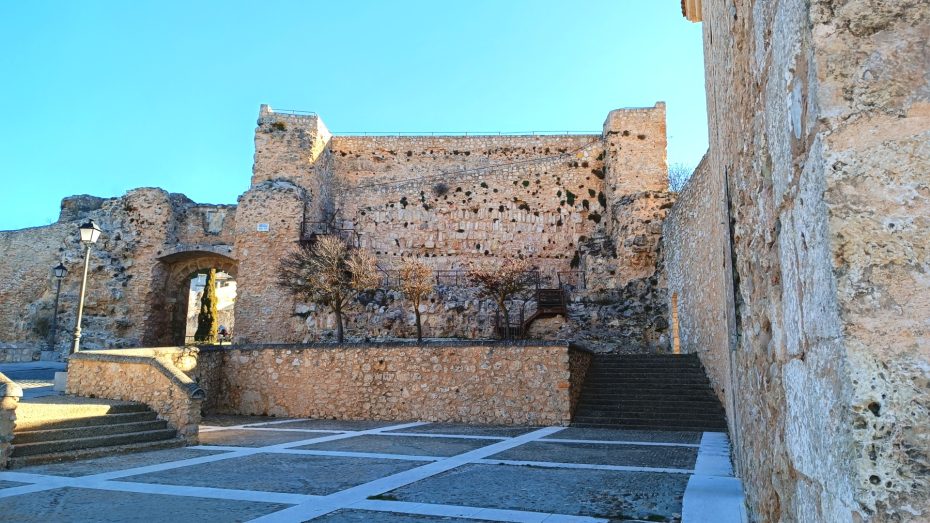
Located in the highest part of the old city, Cuenca Castle is a former Arab fortress and one of the city’s oldest structures. Only a tower, two stone ashlars, the arch that gives access to the old town, and a fragment of the walls are still standing. The castle was the seat of the Holy Inquisition from 1583 and was destroyed during the 19th century by French soldiers during the Napoleonic Wars.
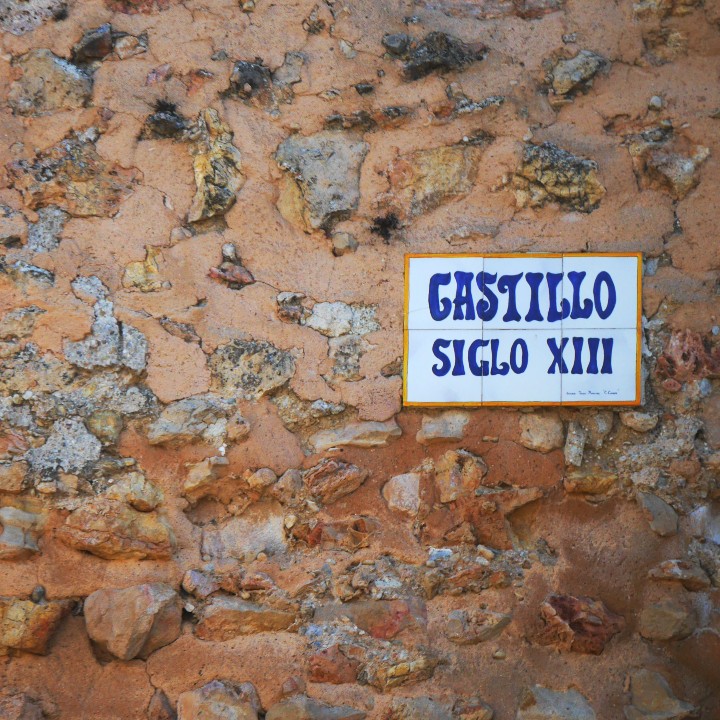
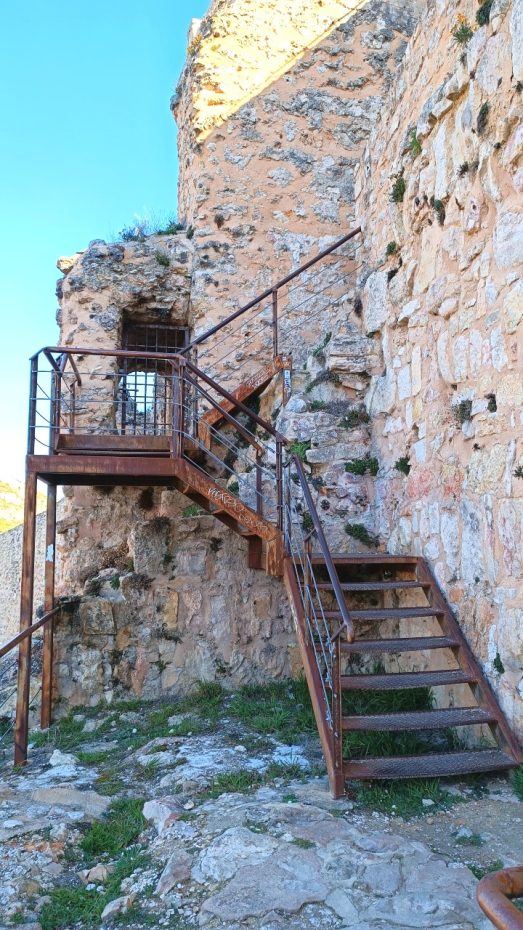
Some stairs (on the right side if you look at it from inside the wall) give access to the top of the castle. From here, you can enjoy spectacular views of the city and the Huécar Gorge.
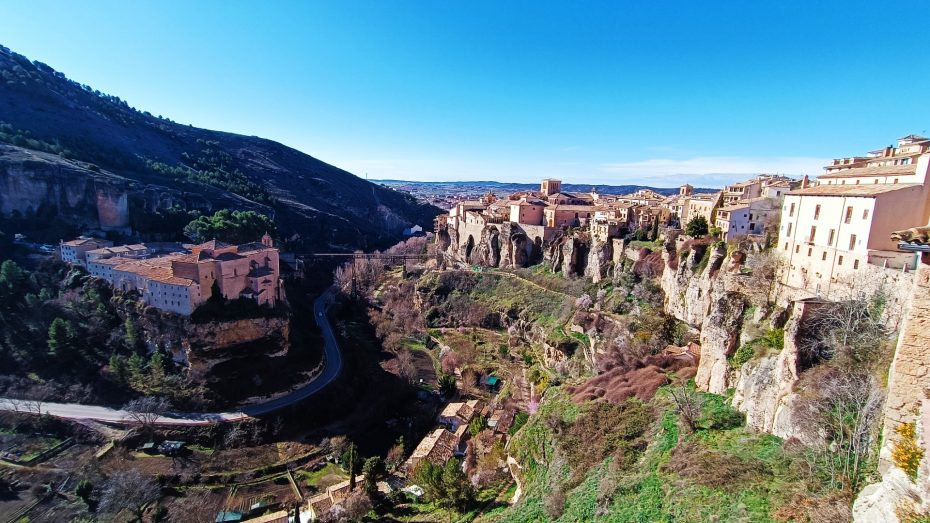
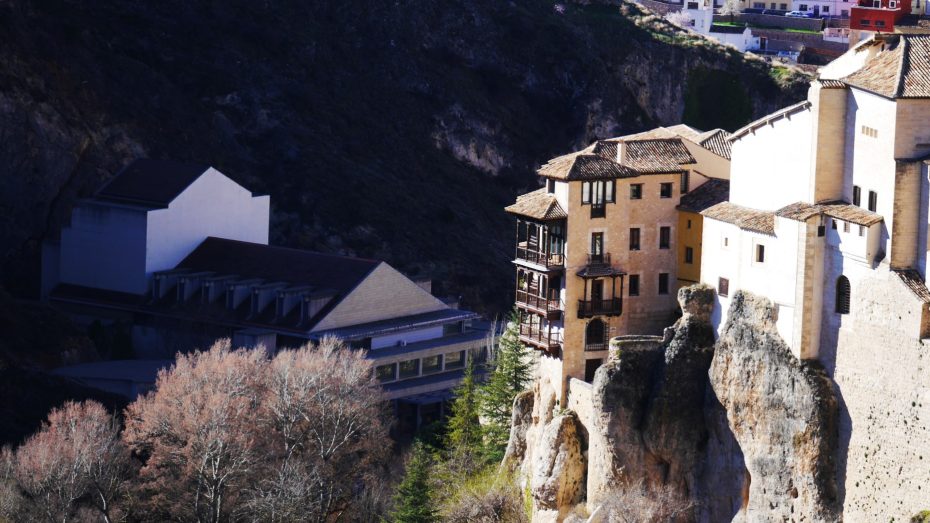
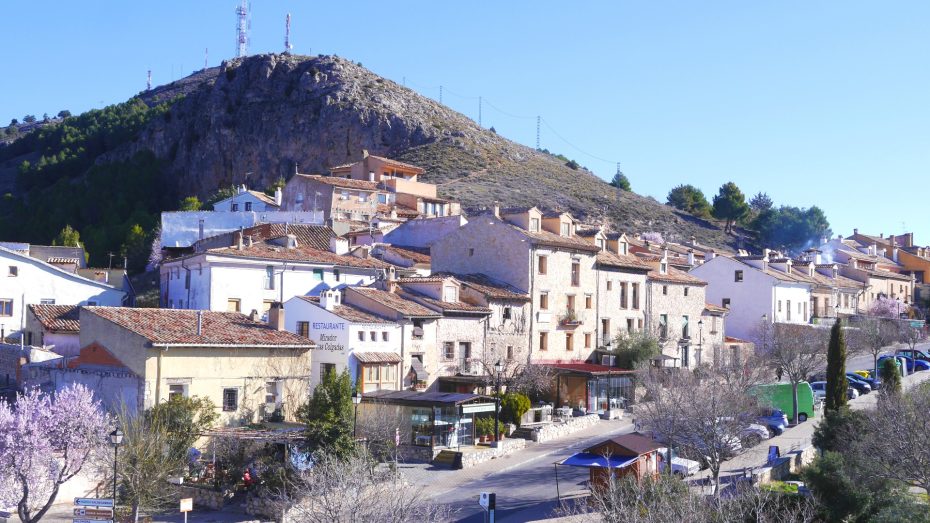
Going down from the castle towards the Plaza Mayor, you’ll find Plaza del Trabuco and the Church of San Pedro. With Romanesque origins, the church was refurbished during the 18th century and has had a baroque facade since then. As a curiosity, Sampedro is octagonal on the outside but circular on the inside.
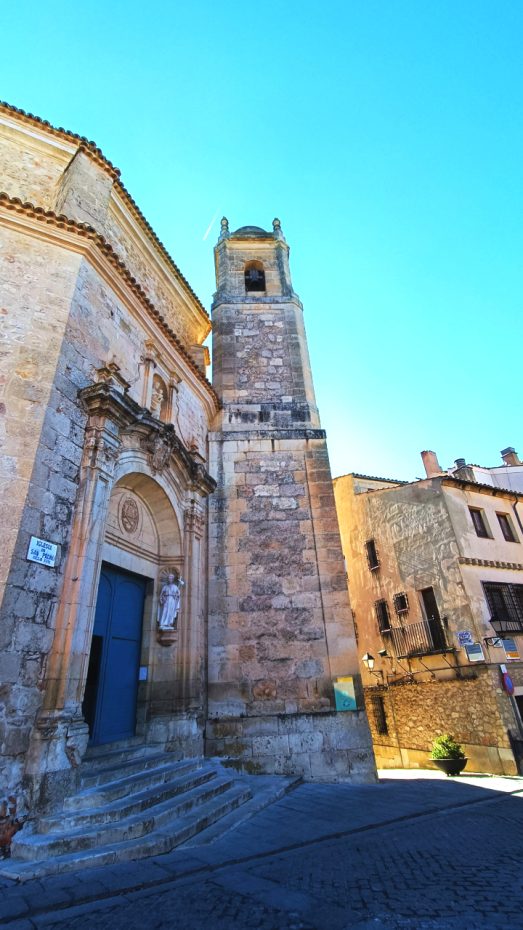
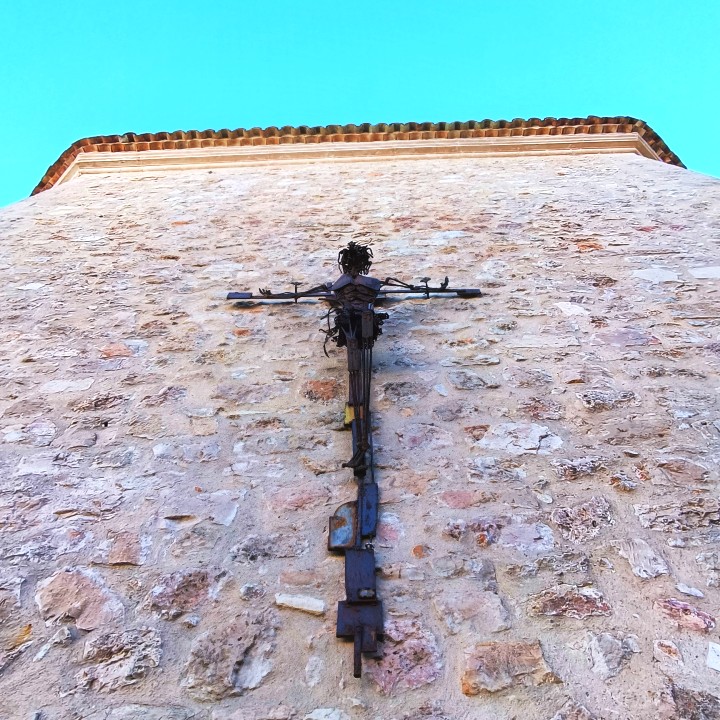
A little further down the same street (now renamed San Pedro) are the ruins of the church of San Pantaleón. Originally known as San Juan del Hospital, this small church was built in the thirteenth century and partially demolished in the sixteenth century. Today, only the pointed arch of its main façade and a few pilasters and walls are still standing. Inside, in the open, a statue of native Cuencan poet Federico Muelas was placed.
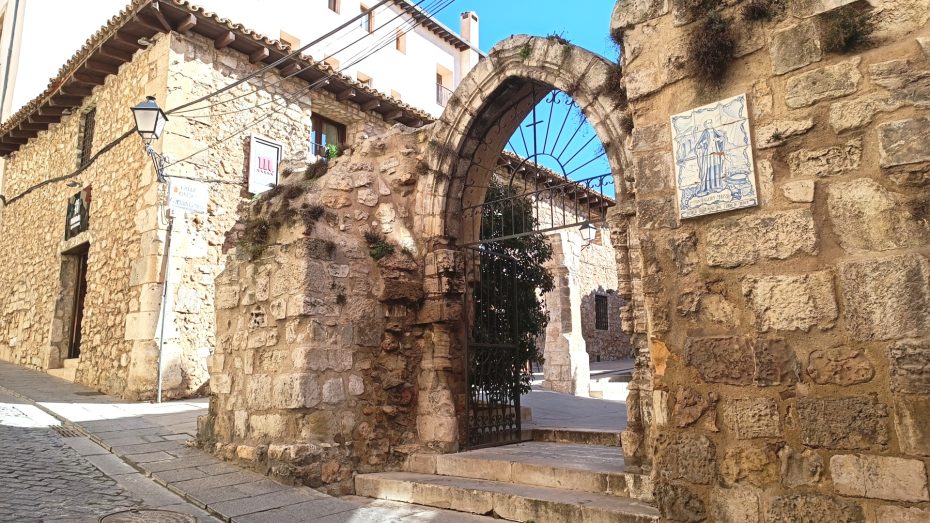
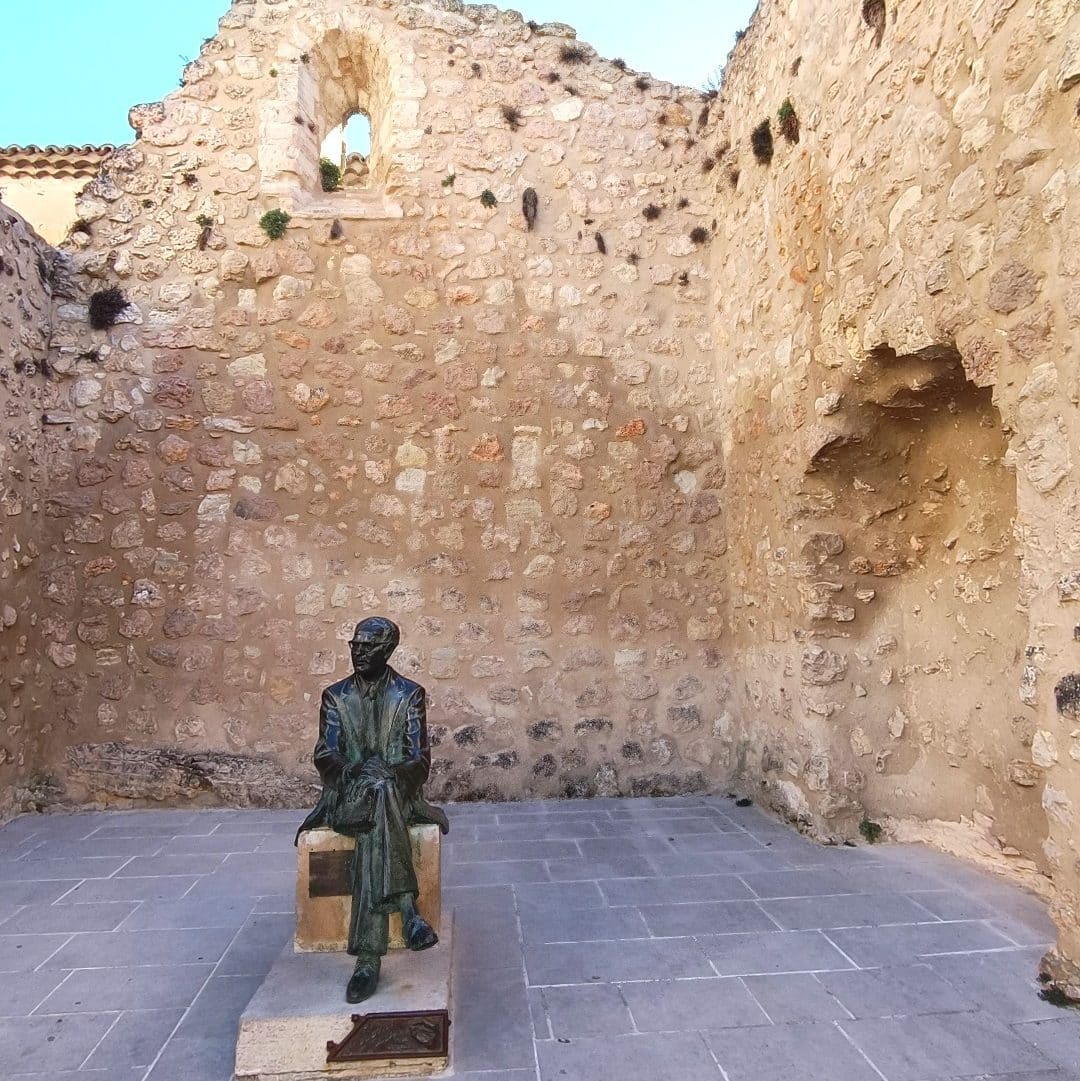
From this point, you can see the great Plaza Mayor and the Cathedral of Cuenca. Save a few minutes to appreciate the exterior of the cathedral. Don’t worry; this Cuenca weekend itinerary includes a visit to its interior later.
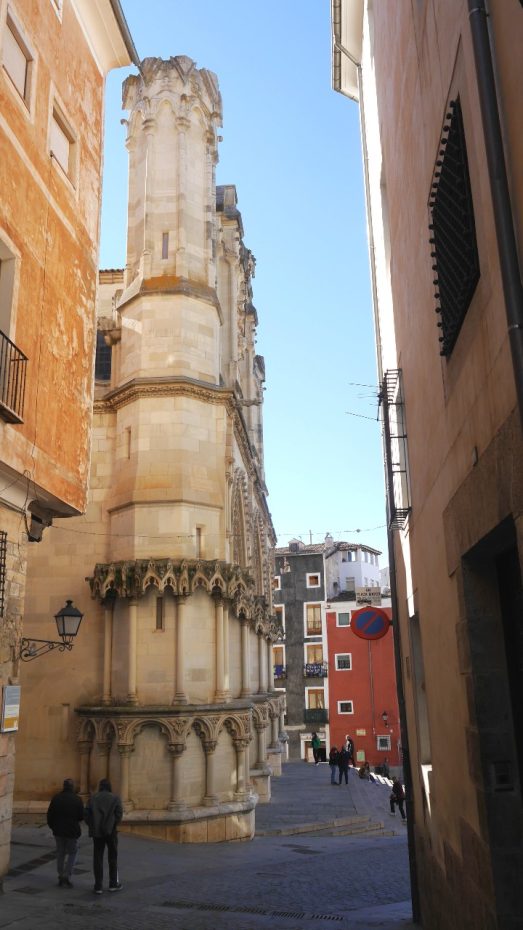
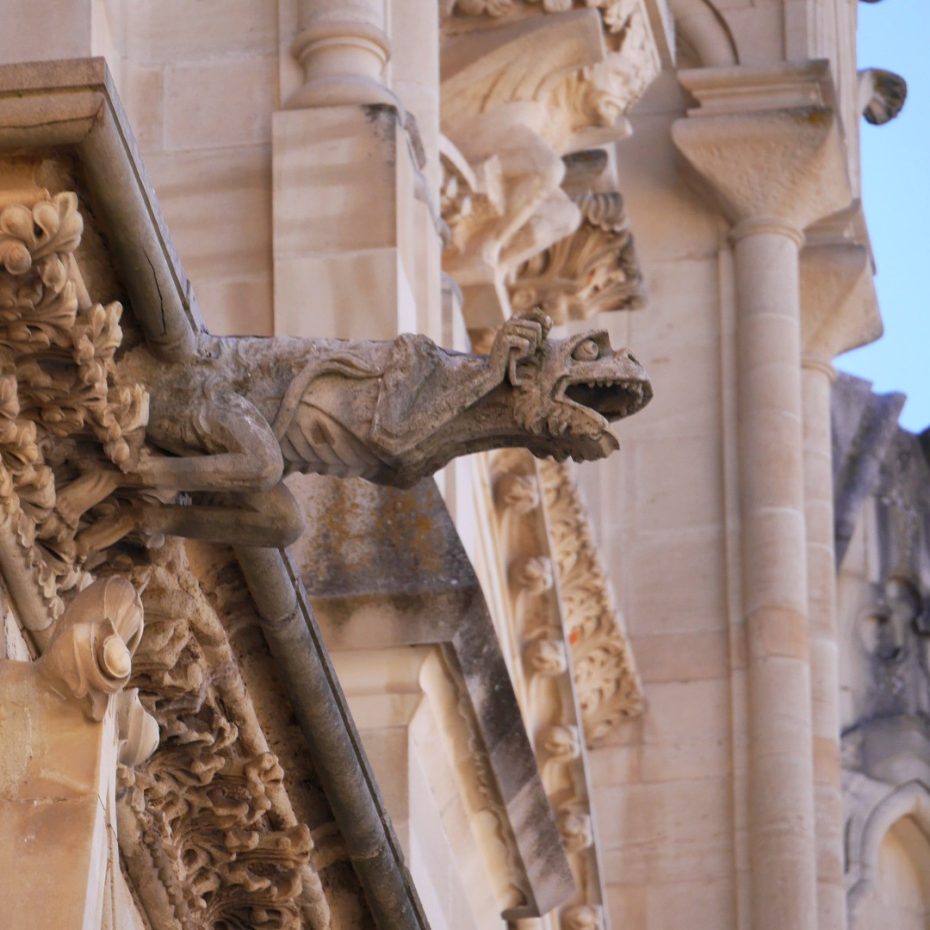
Built between 1196 and largely completed in 1257, the Cuenca Cathedral is considered the first great eminently Gothic temple in Spain. It’s older than the cathedrals of Avila and Burgos and three centuries ahead of the cathedral of Segovia.
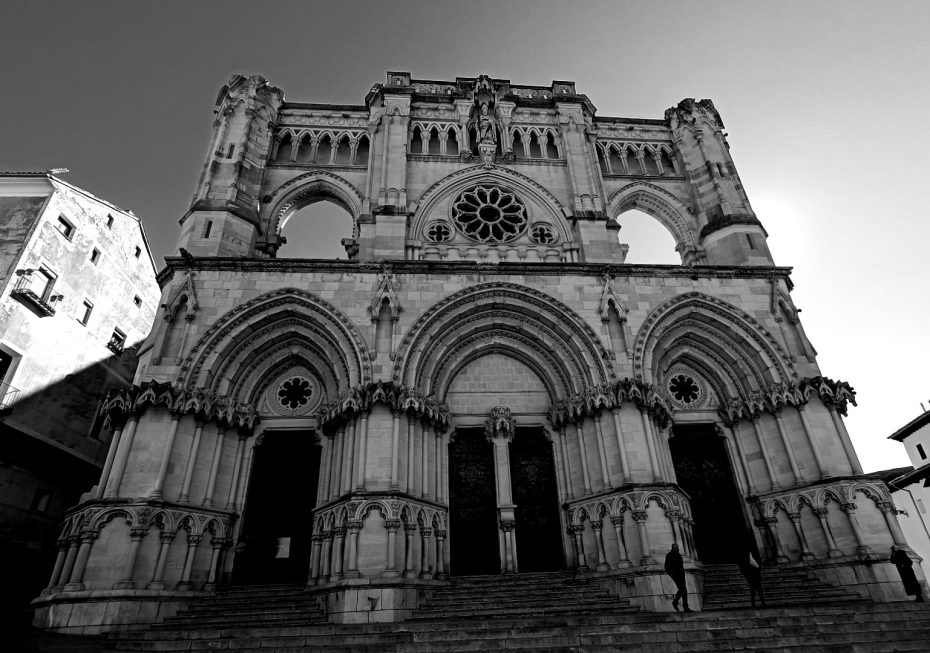
Thanks to the economic bonanza of medieval Cuenca and the unchecked power of the local Catholic church, the cathedral began to undergo renovations and alterations almost immediately. In the 15th century, the Gothic chancel was rebuilt. The exterior was renovated again in the 16th century. In the 17th century, the Tabernacle Chapel was built, and the facade and towers were refurbished. finally, the facade was partially rebuilt in neo-Gothic style in the early 20th century to repair the damage caused by the collapse of the bell tower in 1902.
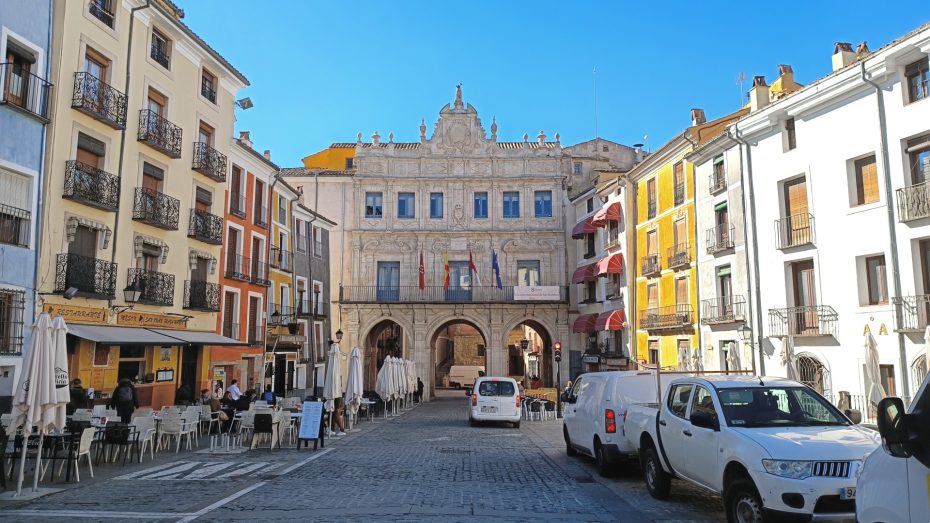
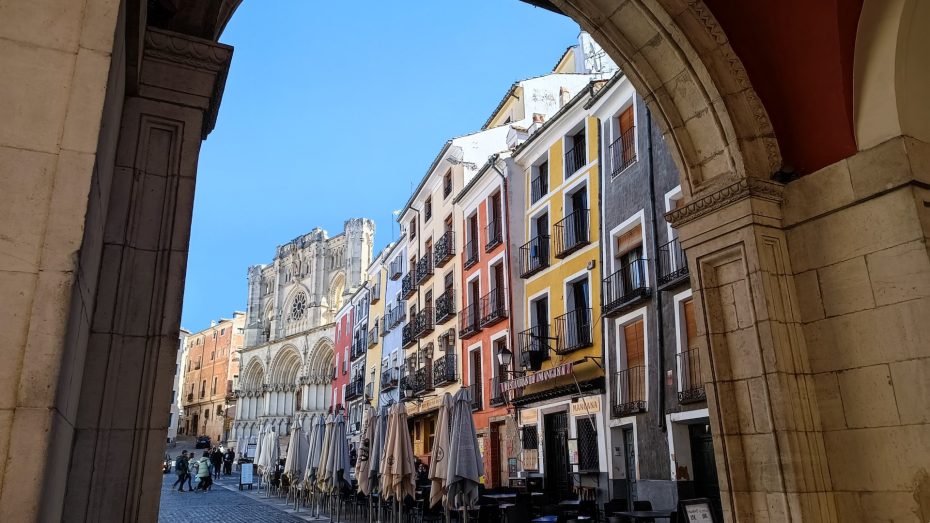
Opposite the cathedral, the Plaza Mayor offers one of the most colorful faces of the city. Irregularly shaped and dotted with bars, terraces, and restaurants, this square houses, in addition to the cathedral, other emblematic buildings of the city, such as the convent of Las Petras and the Casa Consistorial.
Built in the eighteenth century, the City Hall building is one of the most representatives of the baroque Cuenca and is notable for its arcade that allows passage from the main street to the square.
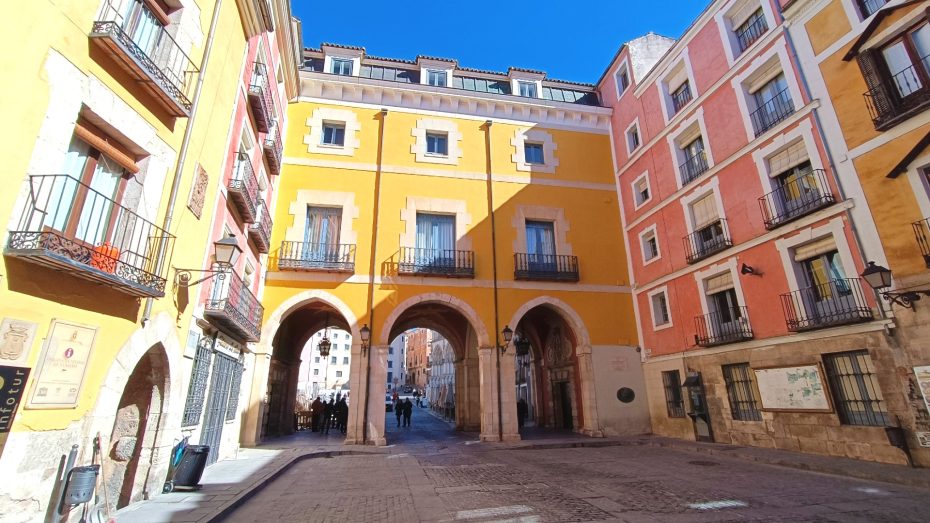
Mid-morning: Guided tour of the city and cathedral
Next to the rear side of the town hall is the Cuenca Tourist Office, the meeting point for most guided tours of the city.
Tours usually start at Plaza de la Merced, the epicenter of Baroque Cuenca, and where notable buildings such as the Seminario Mayor, the Museo de las Ciencias de Castilla-La Mancha, and the convent of La Merced are located.
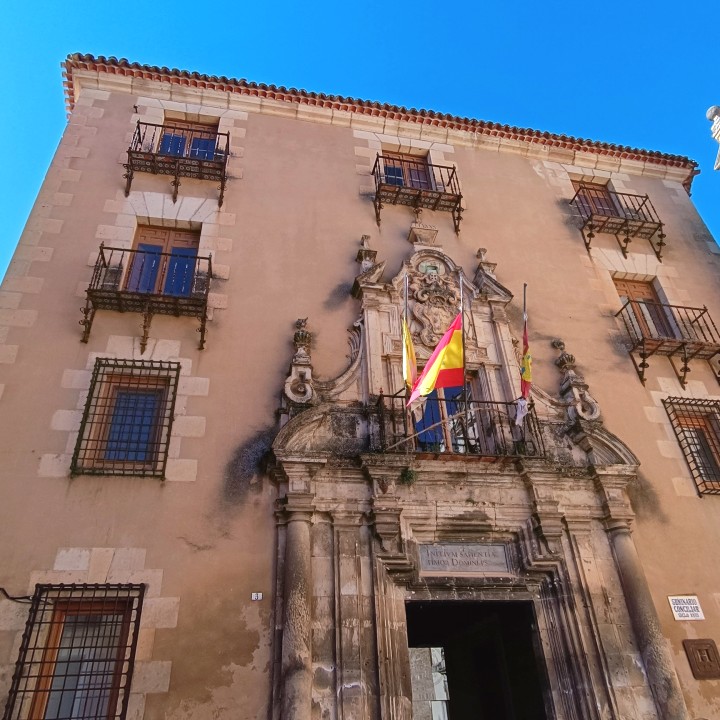
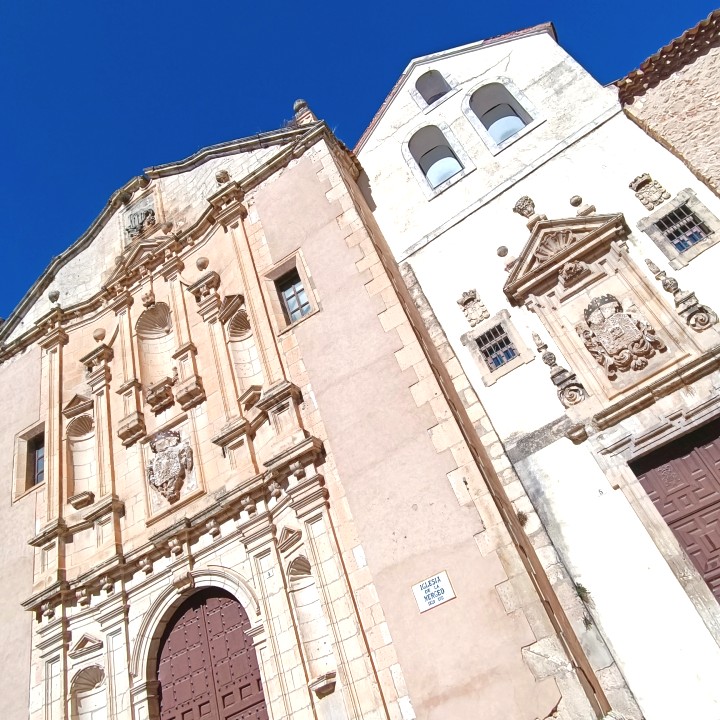
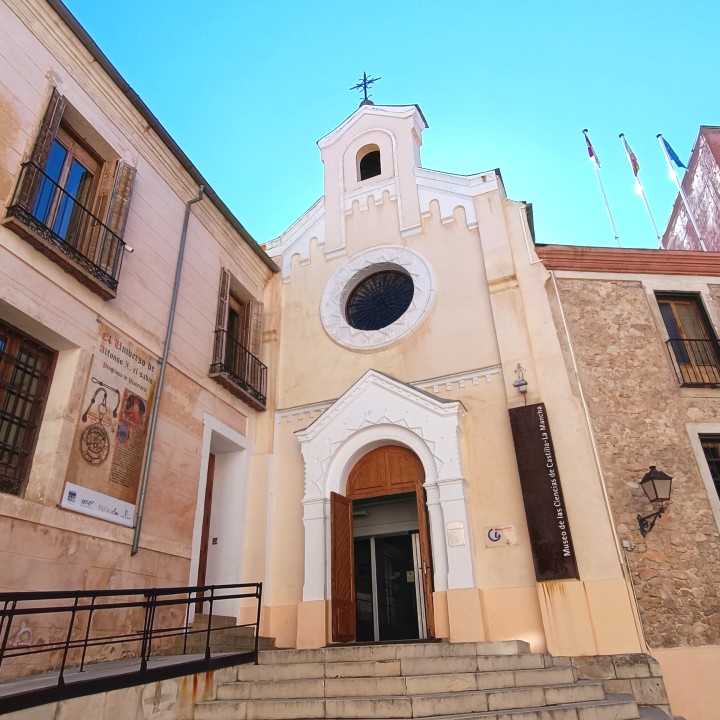
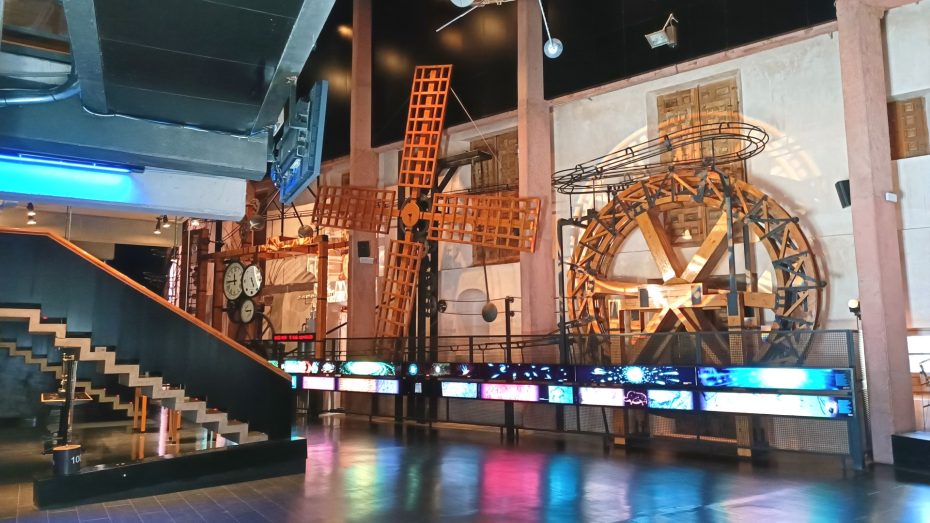
We continue along Santa Maria Street towards the now disappeared Alcazar of Cuenca, the palace where the rulers of the city lived in Islamic times. As we stop, our guide explains in depth the tumultuous history of medieval Cuenca, its golden age after the Reconquista, and its subsequent decline during the Modern Age.
Further on, we come across the Torre de Mangana, an ancient clock tower, and watchtower, part of the defensive system of the walled city. Built in the 16th century, the tower underwent multiple alterations over the centuries. However, any resemblance to the Florentine towers is purely coincidental. Today, this tower is one of the symbols of Cuenca.
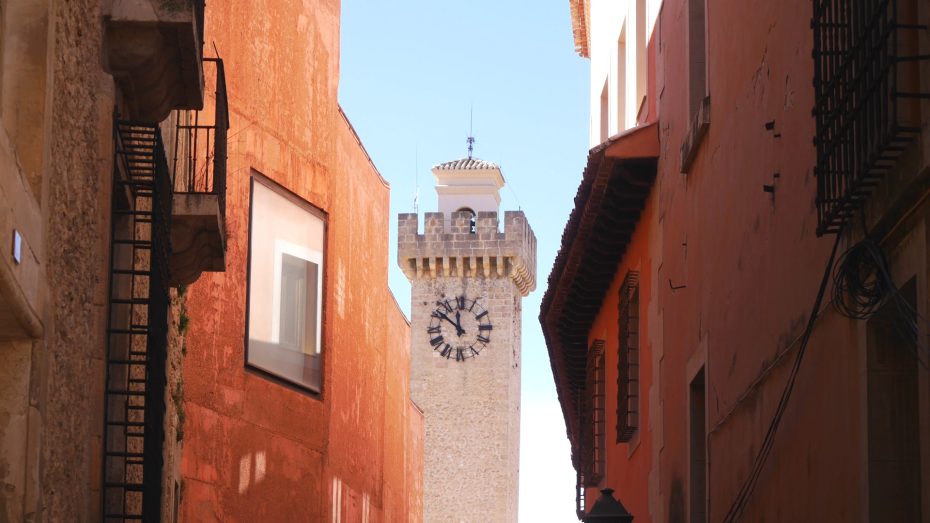
We continue to the Mirador de Mangana, from where you can enjoy spectacular views of the gorge of the Júcar River and its turquoise and green waters, the tower, and the Lower Town.
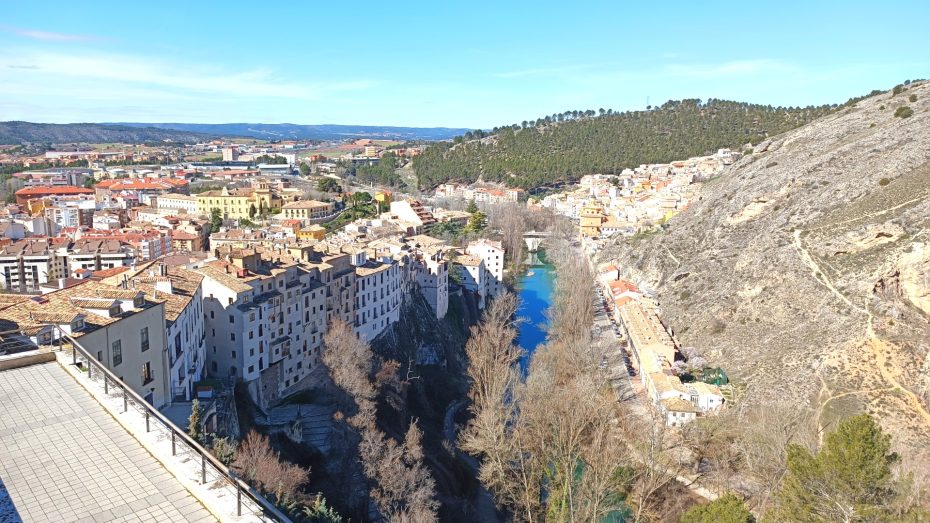
Going down the stairs leading to the Plaza del Carmen is one of the last fragments of the Christian wall of Cuenca that are still standing.
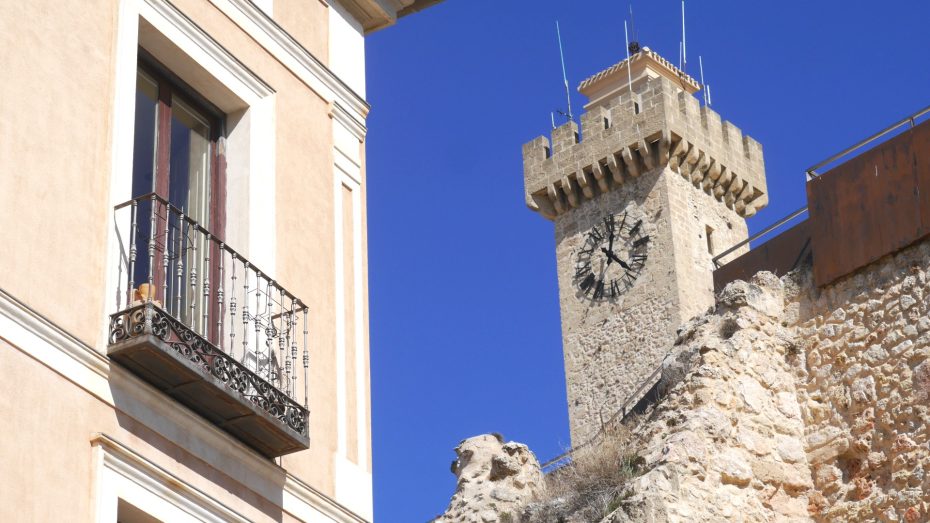
We turn east along Alfonso VIII Street down to Calle de Santa Catalina to the Mirador de los Rascacielos. Its name translates to “Skyscrapers Lookout,” it offers views over another Cuenca icon, the medieval “skyscrapers” of San Martin. Before we reach them, we pass through the Centro de Arte Moderno y Contemporáneo de Castilla-La Mancha‘s gate. Located in the former church of Santa Cruz, this museum houses the Roberto Polo Collection of modern art.
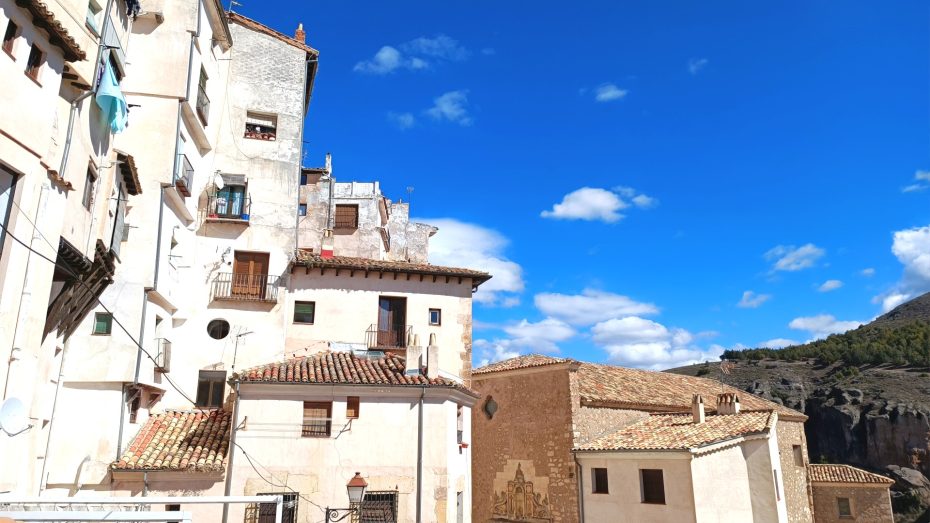
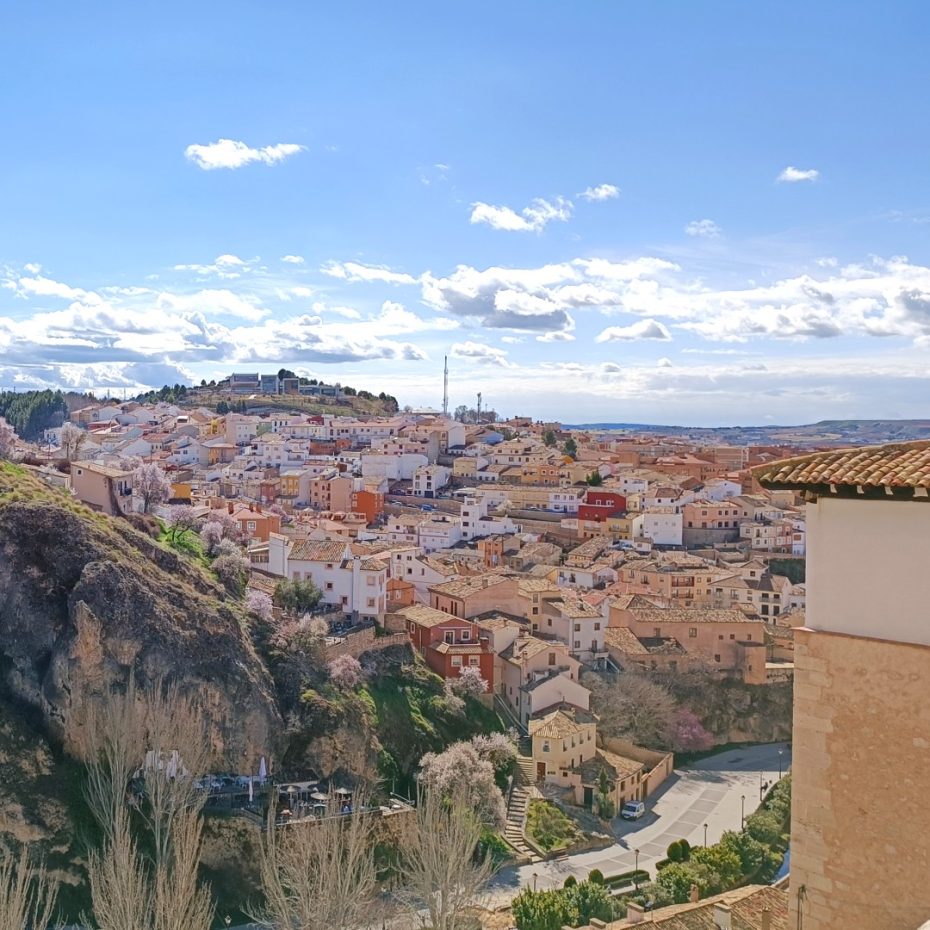
A few meters ahead, we arrive at the San Martín “skyscrapers,” a series of buildings between 8 and 12 floors high dating from the 15th and 16th centuries. The complex is considered one of medieval Spain’s most remarkable engineering works. Excavated into the rock of a ravine, each of these skyscrapers actually consists of two originally independent buildings connected vertically as the population grew.
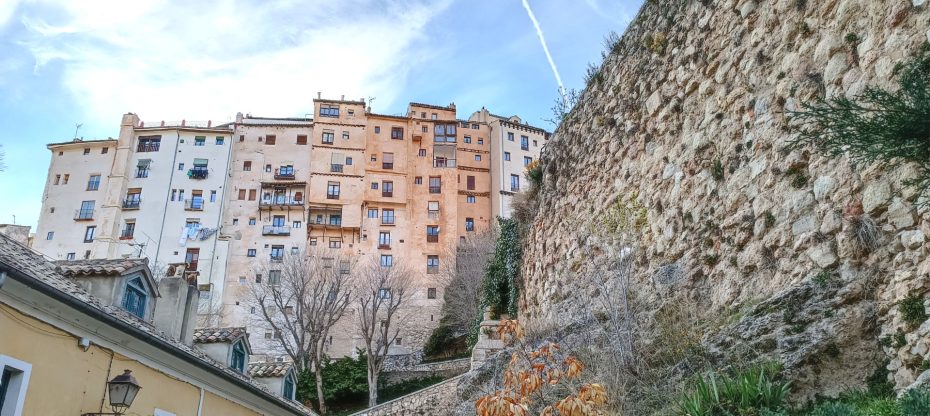
In the upper part, facing Alfonso VIII Street, the estates expanded backward and then down the rocky slope. In contrast, the three-story buildings on Calle de Santa Catalina, in the lower part, grew upward. Over the decades, the two structures would eventually be connected to form a single building.
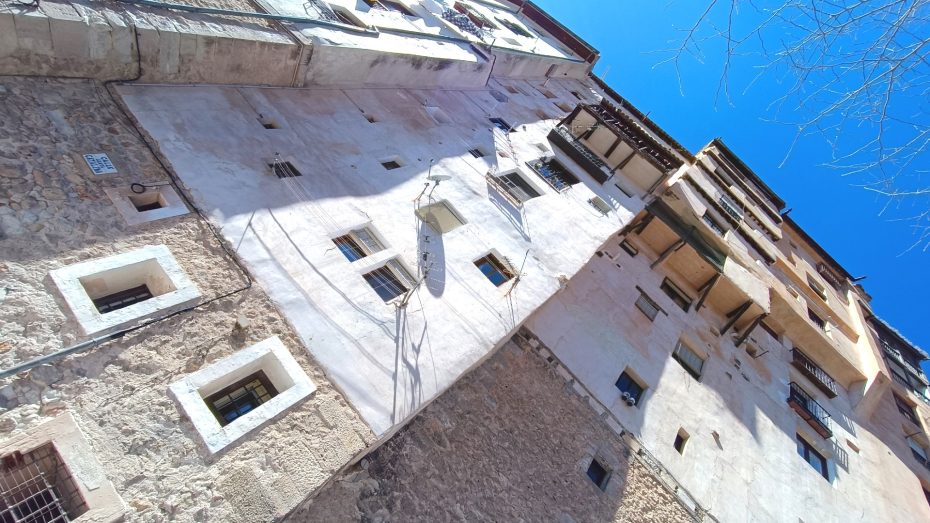
In this way, number 12 Santa Catalina and 37 Alfonso VIII are, at first glance, one single property with two addresses. The first floor of nº37 is actually the fifth floor of nº12.
According to Pío Baroja in his novel Los recursos de la astucia:
“At the beginning of the 19th century, Cuenca had few streets, and these were narrow and steep. Quintando the main one, which, with different names, down from the Plaza del Trabuco to the bridge of the Trinity, the other streets of the old town were no more than alleys.
The slopes and unevenness of the city meant that the first floor of a house was on a street parallel to a high floor; thus it was said that Cuenca was the town where the donkeys looked out fourth and fifth floor balconies, and it was true”.
We continue the walk to the famous Casas Colgadas de Cuenca, passing first through Plaza Ciudad de Ronda, which offers a last glimpse of the skyscrapers.
In this place, just below the Hanging Houses, the guide explains the history of these constructions that became the main symbol of Cuenca.
Although the origin of the houses is a mystery, there is evidence of their existence as early as the fifteenth century. They are called hanging houses because part of their structure is cantilevered, overhanging the rocky ledge of the Huécar River gorge. Formerly, houses of this type abounded on the eastern edge of the old city. Today, only the three housing the Museo de Arte Abstracto Español remain.
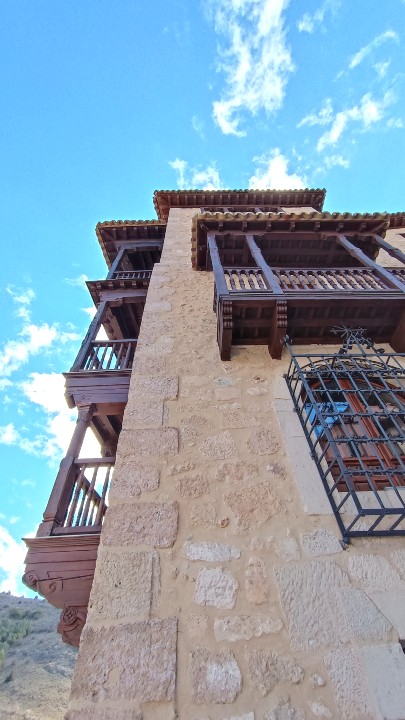
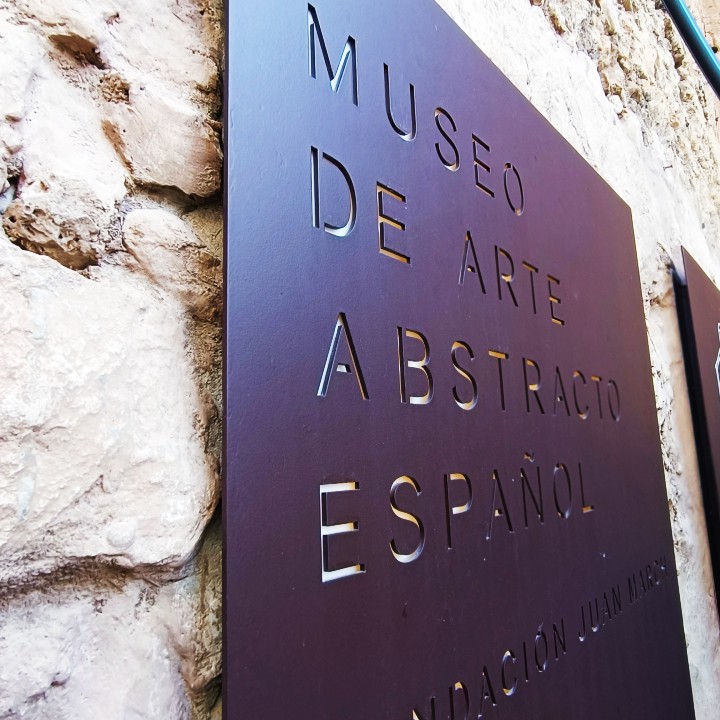
In the 1960s, artist and businessman Fernando Zobel began looking for a suitable place to open the first abstract art museum in Spain, and his friend, artist Gustavo Torner, suggested the Casas Colgadas.
The Museum of Spanish Abstract Art opened its doors on July 1, 1966, with a dozen sculptures and a hundred paintings from Zoebel’s private collection.
Continuing along Calle de los Canónigos, we stop to see the views of the Huécar Gorge, the bridge of San Pablo, and the former convent of San Pablo (currently a luxury hotel).
At this point, the guide tells us the curious history of the iron bridge, whose predecessor, made of stone and from the 16th century, had to be dynamited in 1895 when one of its arches collapsed. The new structure, inaugurated in 1903, rests on the ashlars of the previous bridge.
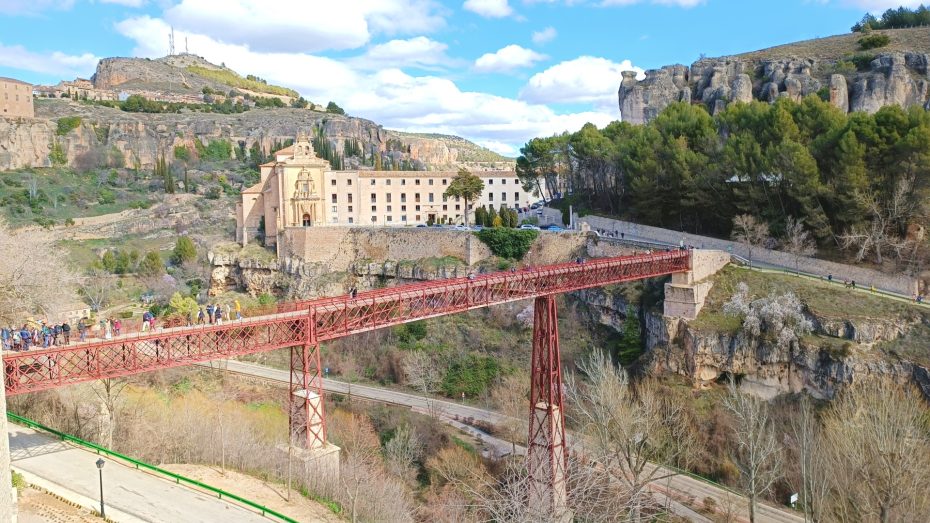
We start our way to the final stop of the itinerary through the historic center of Cuenca, the Cathedral of Santa Maria, and San Julian; on the way, we’ll see the equestrian statue of Afonso VIII in a beautiful square on Clavel Street.
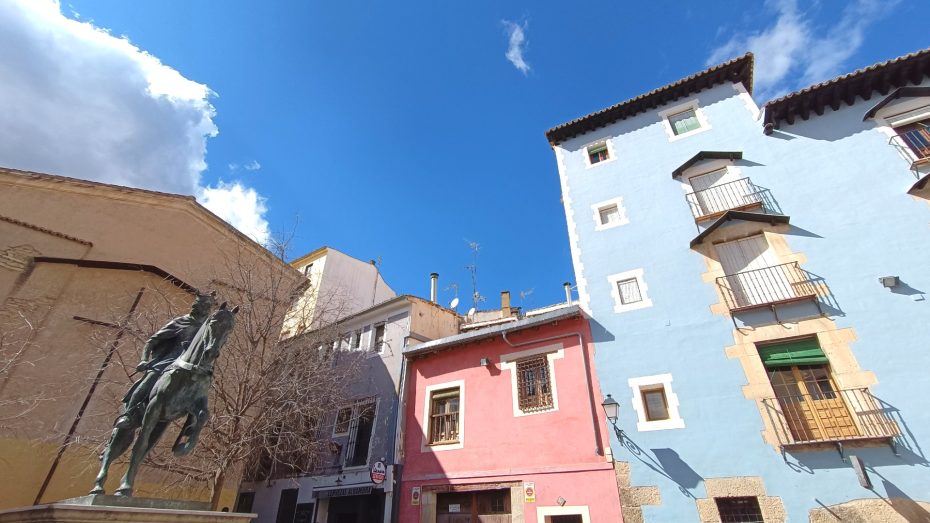
We returned to Plaza Mayor to see the interior of one of Cuenca’s jewels: its cathedral. Unlike its facade, which was rebuilt in neo-Gothic style in the early twentieth century, the cathedral’s interior retains its original Gothic features.
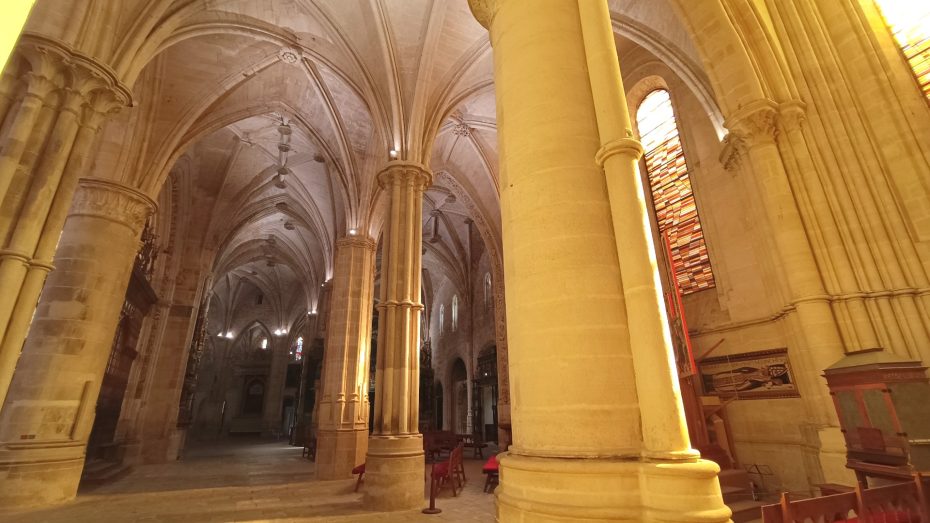
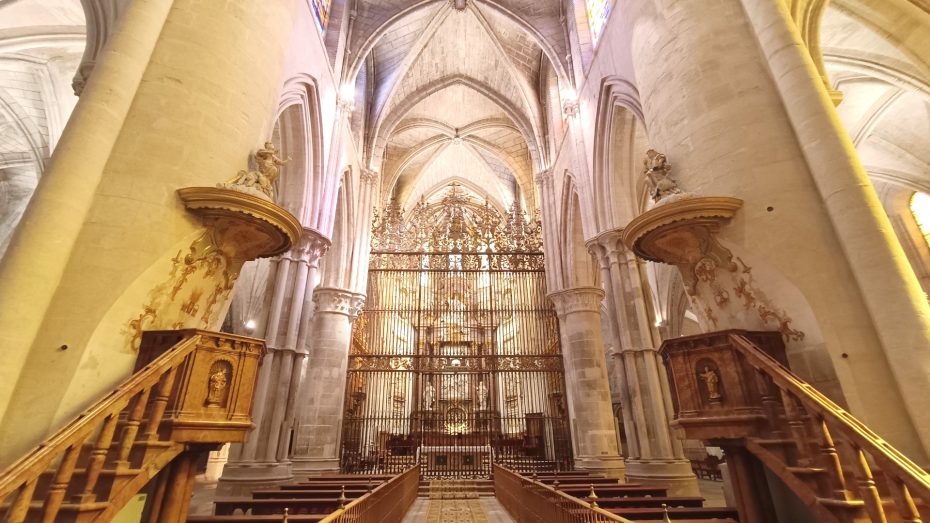
One of the most emblematic spaces of the Cathedral of Cuenca is the cantoría or choir, a section dedicated to sacred music with the oldest baroque organs in Spain. Manufactured in 1770 by Julián de la Orden and recently restored, these organs take special prominence during Cuenca’s Religious Music Week.
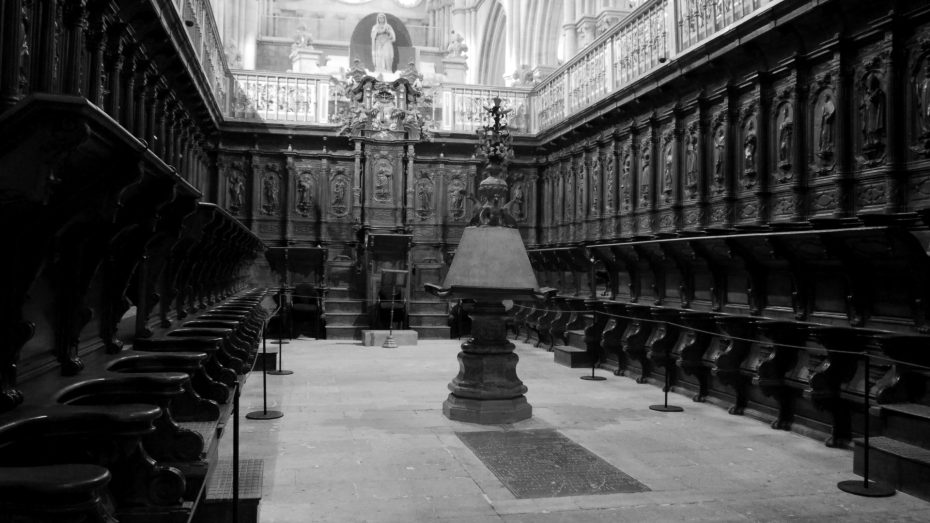
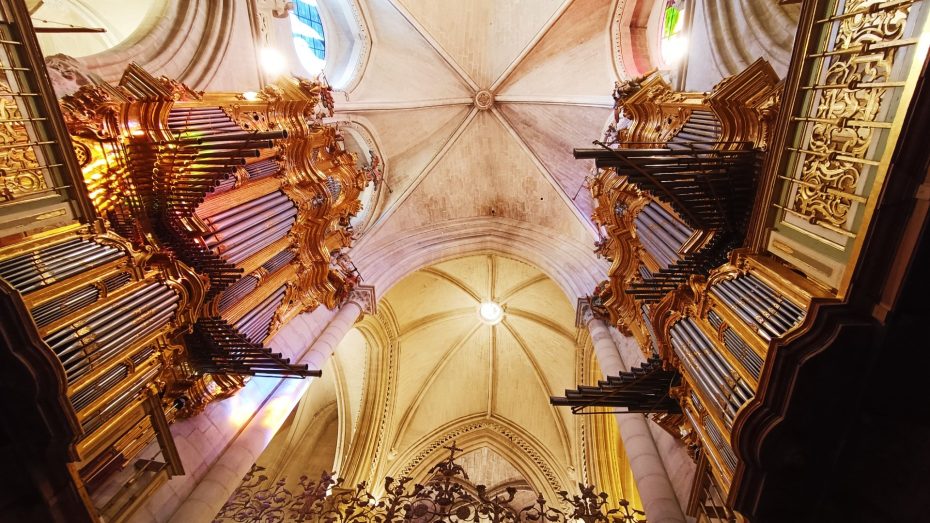
The guided tour of the interior of the cathedral takes us through the different rooms and chapels of the building, including the Chapter House, the Sacristy, and the impressive Honda Chapel, whose Mudejar-style ceiling will leave you open-mouthed.
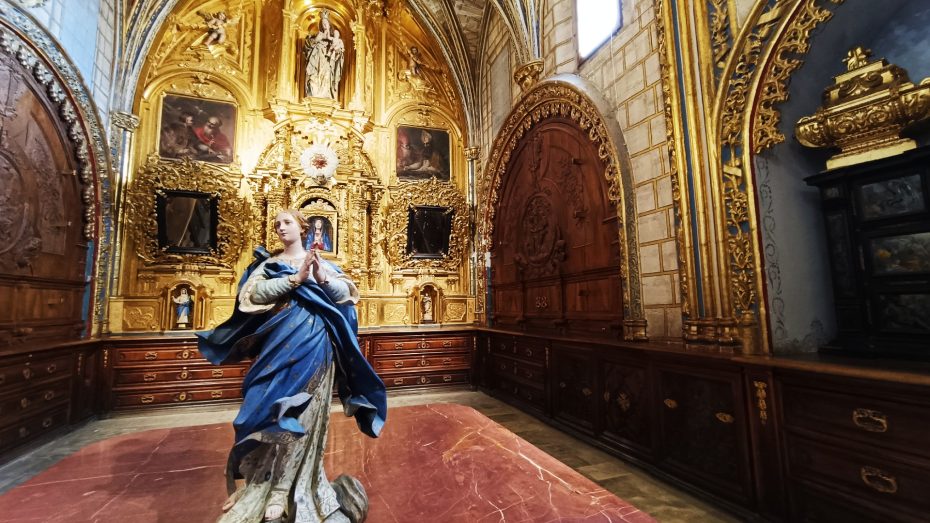
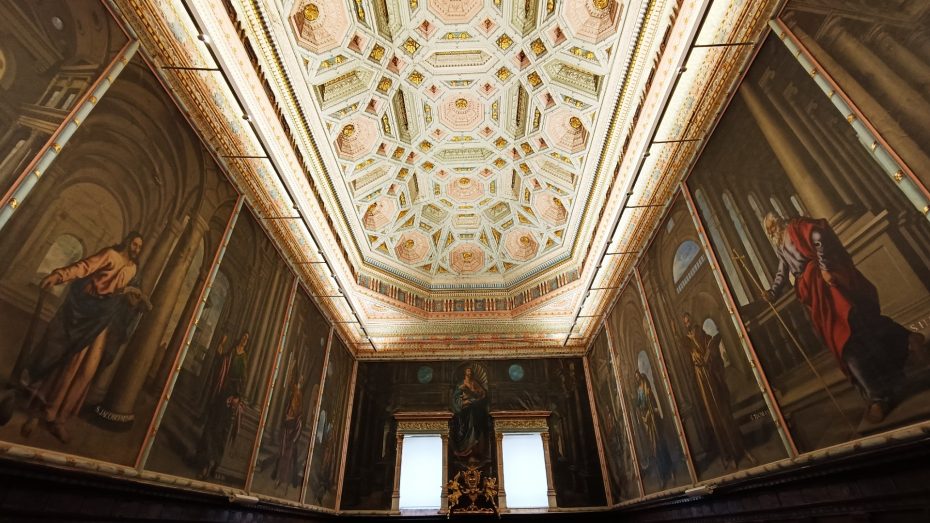
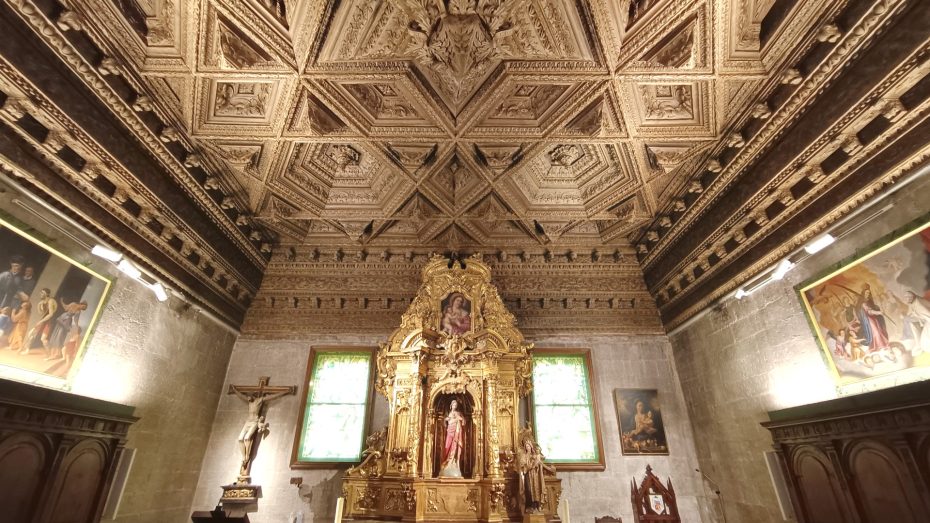
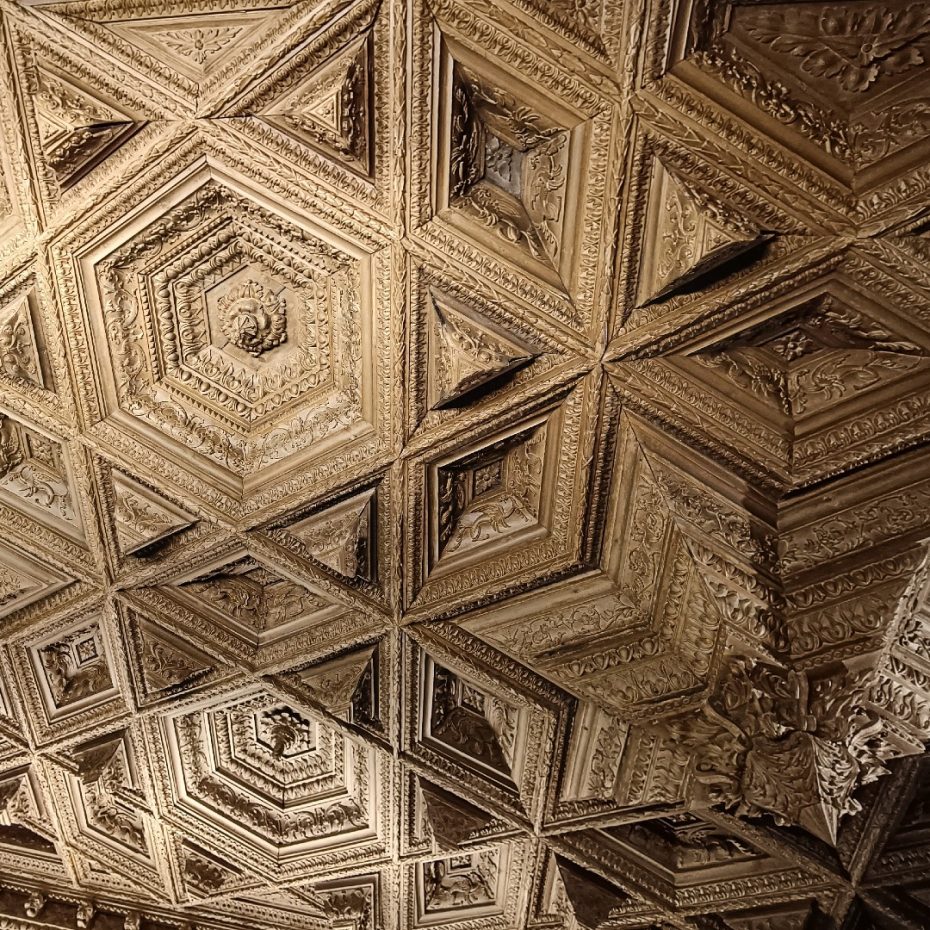
In addition to its adjoining rooms, the Cathedral of Cuenca is known for its numerous chapels, sepulchers, and niches adjacent to its main nave. Among them are the chapel of San Julián, which holds the relics of the saint, and those of the Albornoz and the Assumption, the latter with beautiful modernist sculptures by the Valencian Mariano Benlliure.
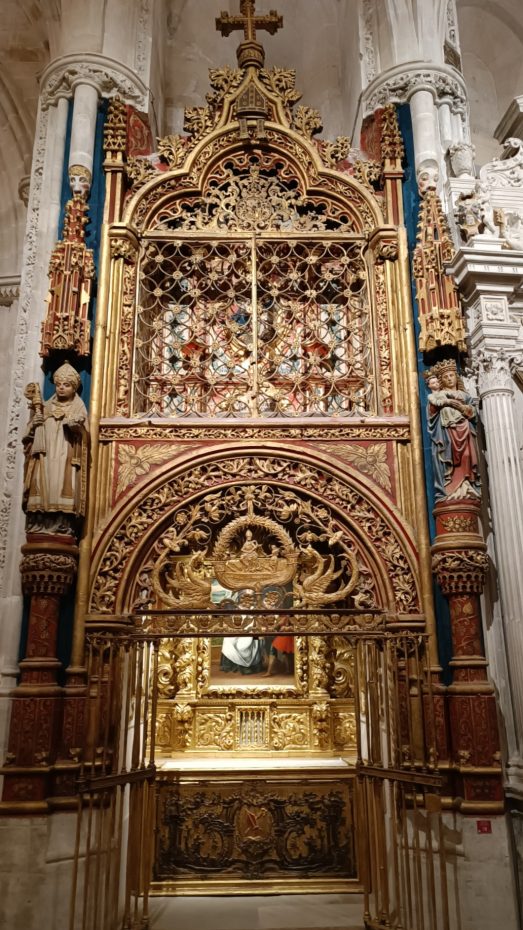
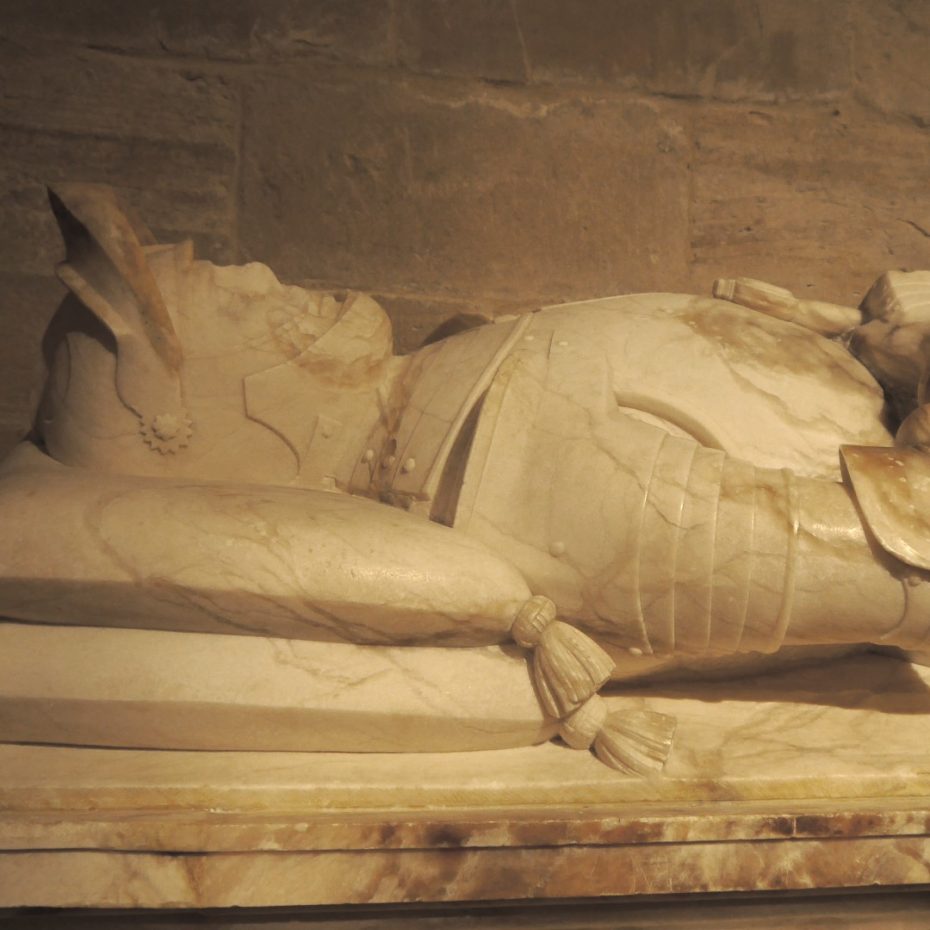
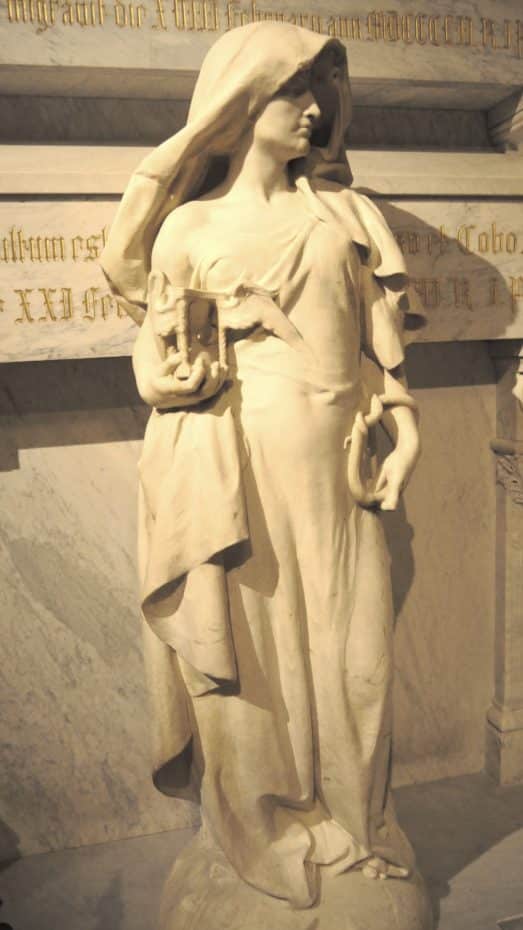
We continue to the Arco de Jamete, a masterpiece of the Spanish Renaissance by Francisco de Luna and Esteban Jamete that gives access to the cloister of the cathedral. At this point, the guided tour of the Upper City and the Cathedral of Cuenca ends.
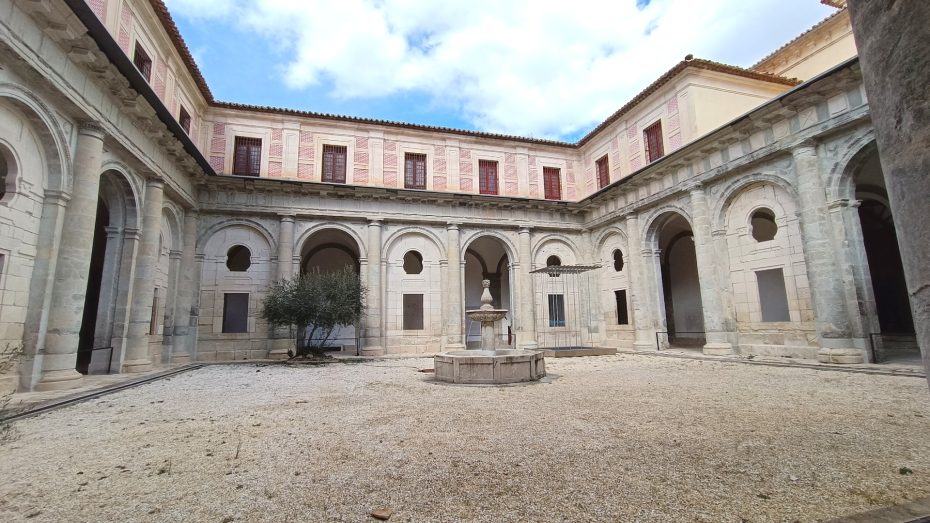
Before leaving, we visited the terrace, which is accessed through the cloister, to appreciate the views of the Huécar Gorge and went up to the triforium, which is accessed by a spiral staircase next to the exit door of the cathedral.
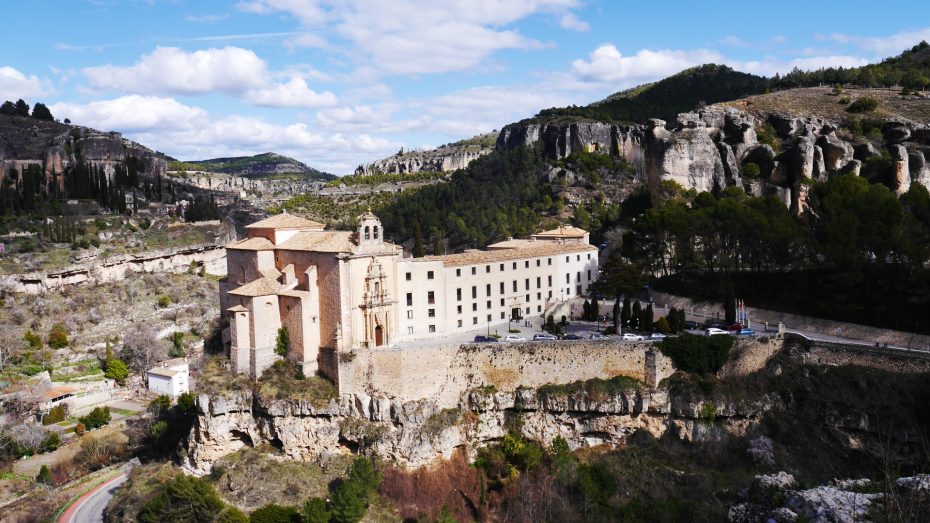
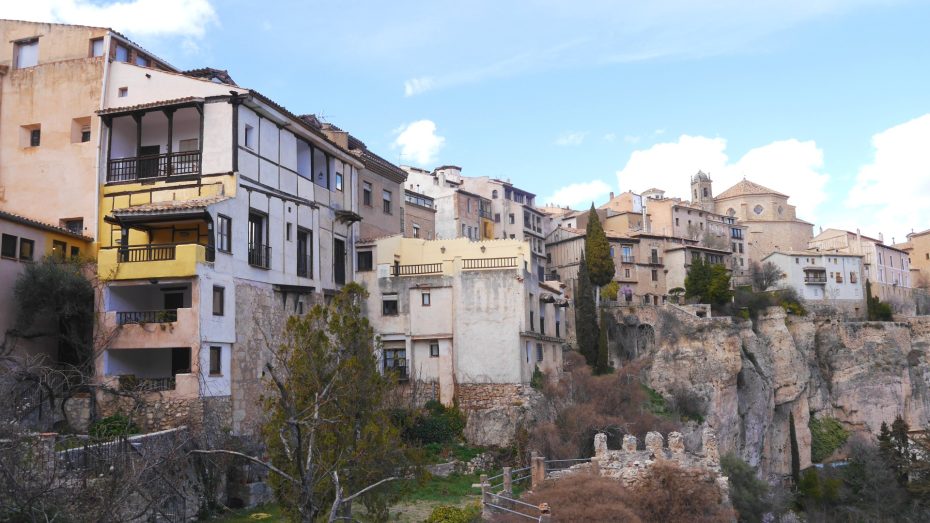
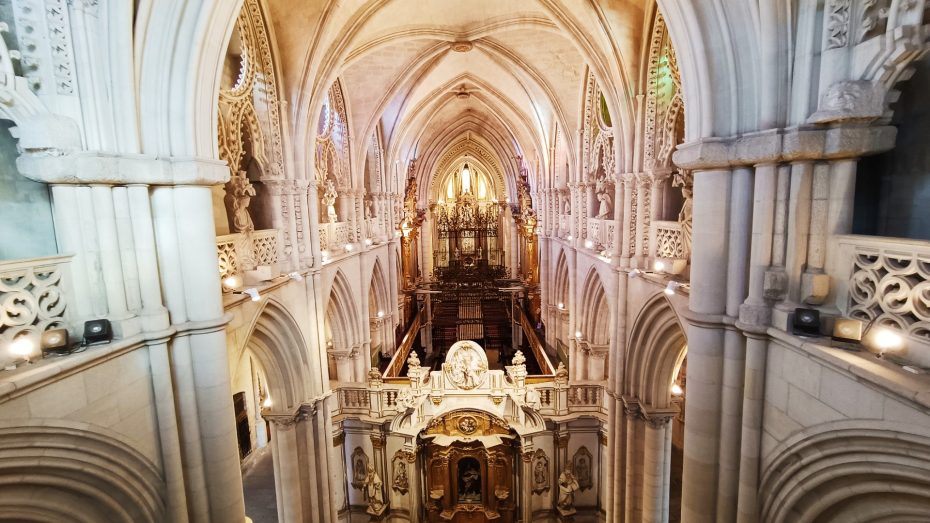
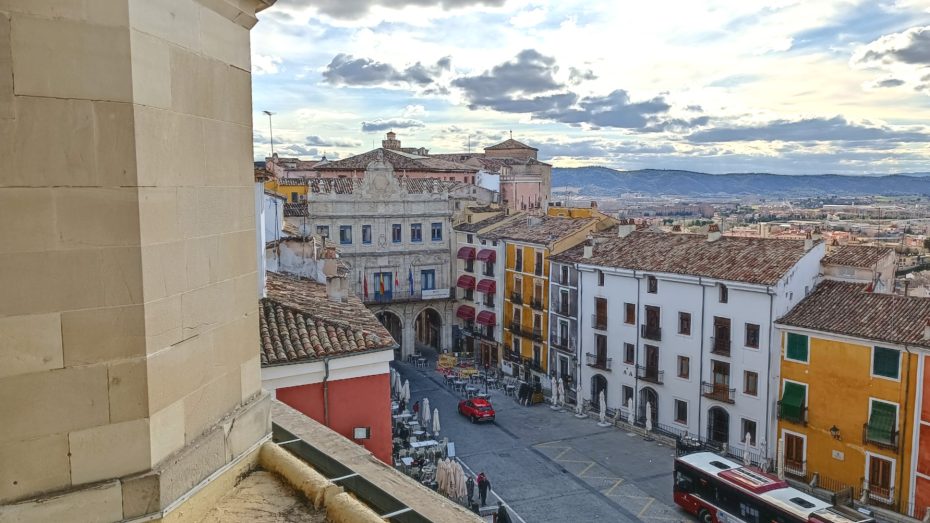
Noon: Lunch at the Tempo Grill & Bar restaurant
Believe it or not, the guided tour described above only lasts a couple of hours. But with so much walking, by midday, you will probably be very hungry.
As mentioned above, we stayed at the Hotel Leonor de Aquitania, which has an excellent restaurant, the Tempo Bar & Grill (C. San Pedro, 58).
As it could not be otherwise, we wanted to taste the local food. This was our selection:
- Tasting of typical dishes from Cuenca (pisto manchego, ajo arriero, and morteruelo).
- Manchego cheese board with quince jelly and kiwi fruit
- Montanera Iberian ham board
- Piquillo peppers in tempura stuffed with codfish
- White wine D.O. La Mancha
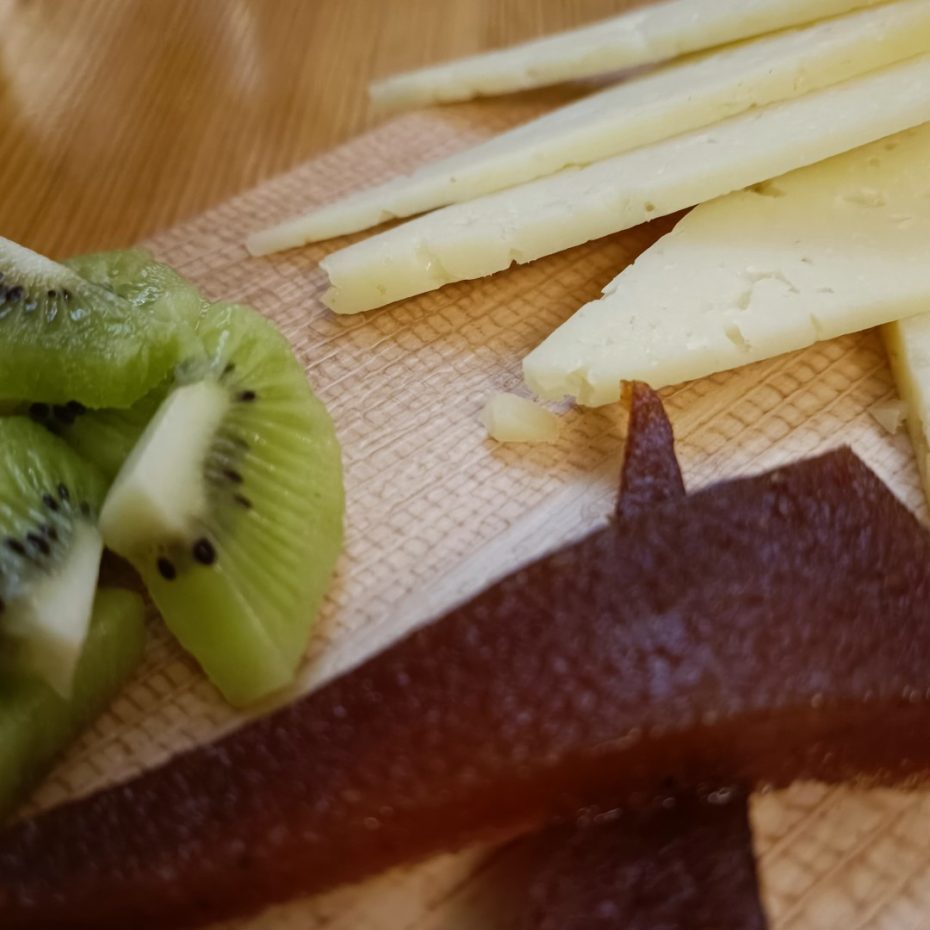
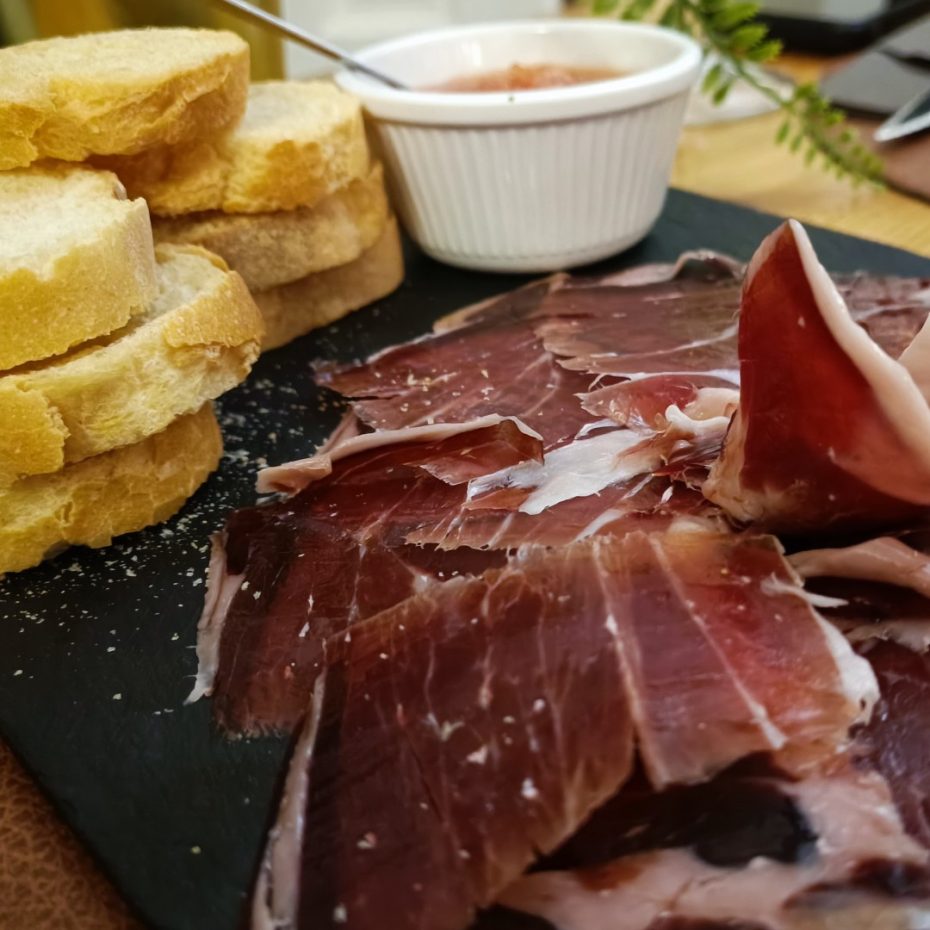

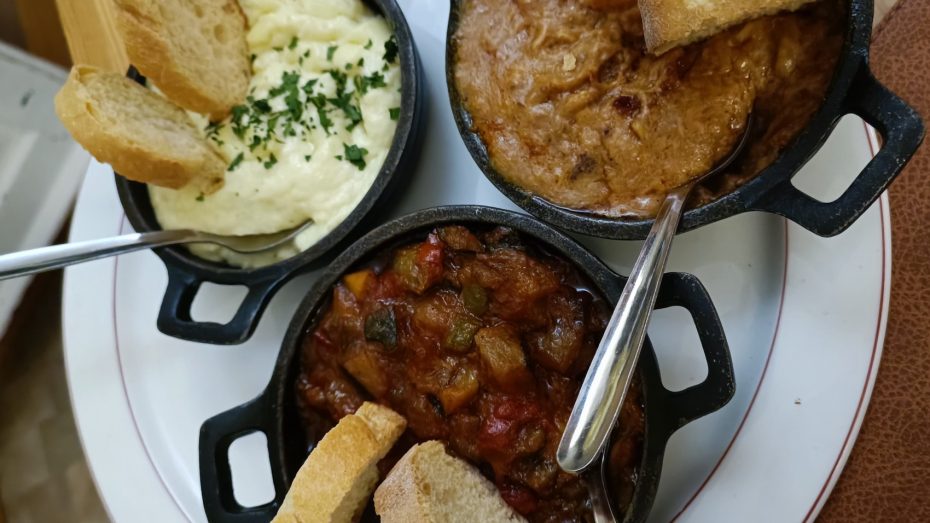
Both the food and the service were excellent, and since it was the hotel’s restaurant, we were able to rest for a bit before continuing our route through Cuenca.
Afternoon: Visit the Museum of Spanish Abstract Art and the Parador de Cuenca
After a well-deserved but short rest at the hotel, we retraced some of our steps to return to the Casas Colgadas and visit the interior of the Museum of Spanish Abstract Art (C. Canónigos s/n).
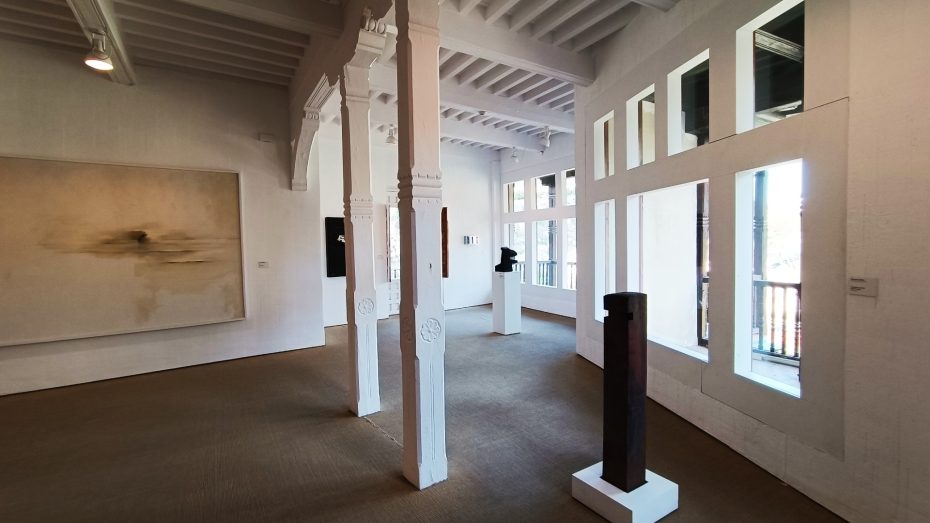
Inaugurated in 1966 and managed by the Fundación Juan March, the Museo de Arte Abstracto Español is the first museum of contemporary art in Spain.
The museum, fully integrated within the spectacular setting of the Hanging Houses of Cuenca, houses a very interesting collection of paintings and sculptures by masters of Spanish abstract art such as Rafael Canogar, Eduardo Chillida, Luis Feito, José Guerrero, Lucio Muñoz, Eusebio Sempere, Antoni Tàpies or Gustavo Torner and Oteiza. In recent years, some pieces on loan from the Juan March Foundation have also become part of the collection.
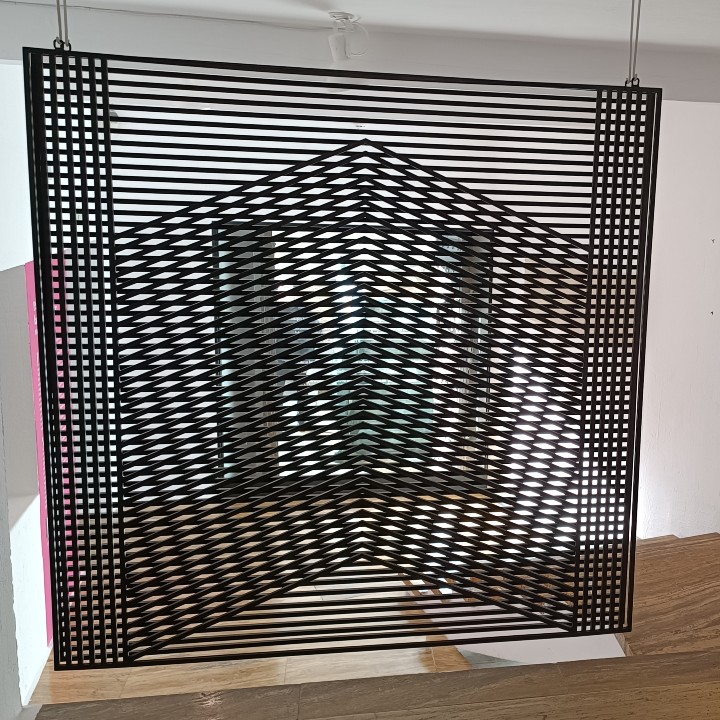
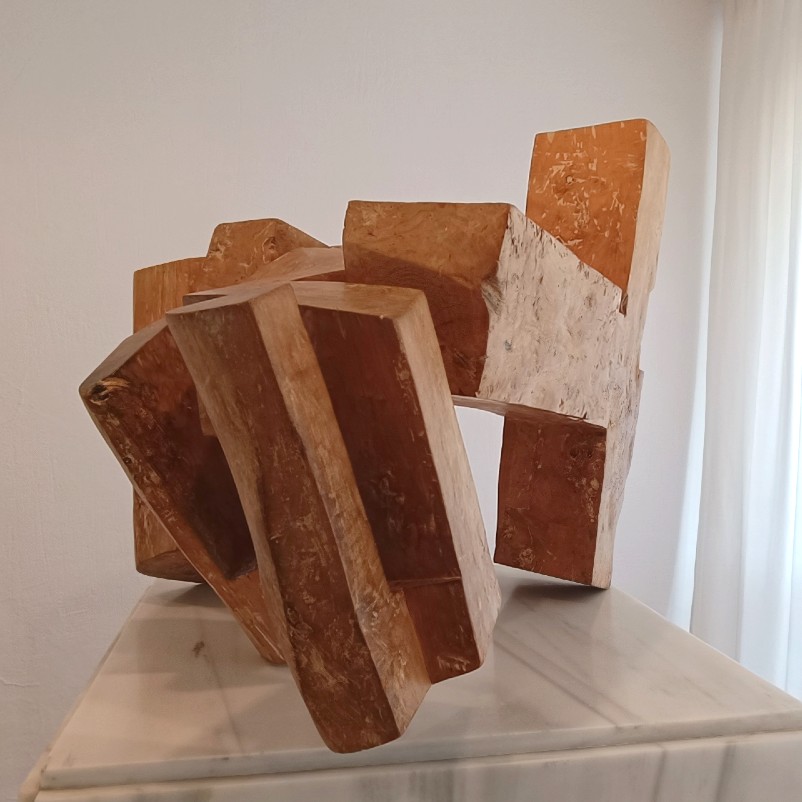
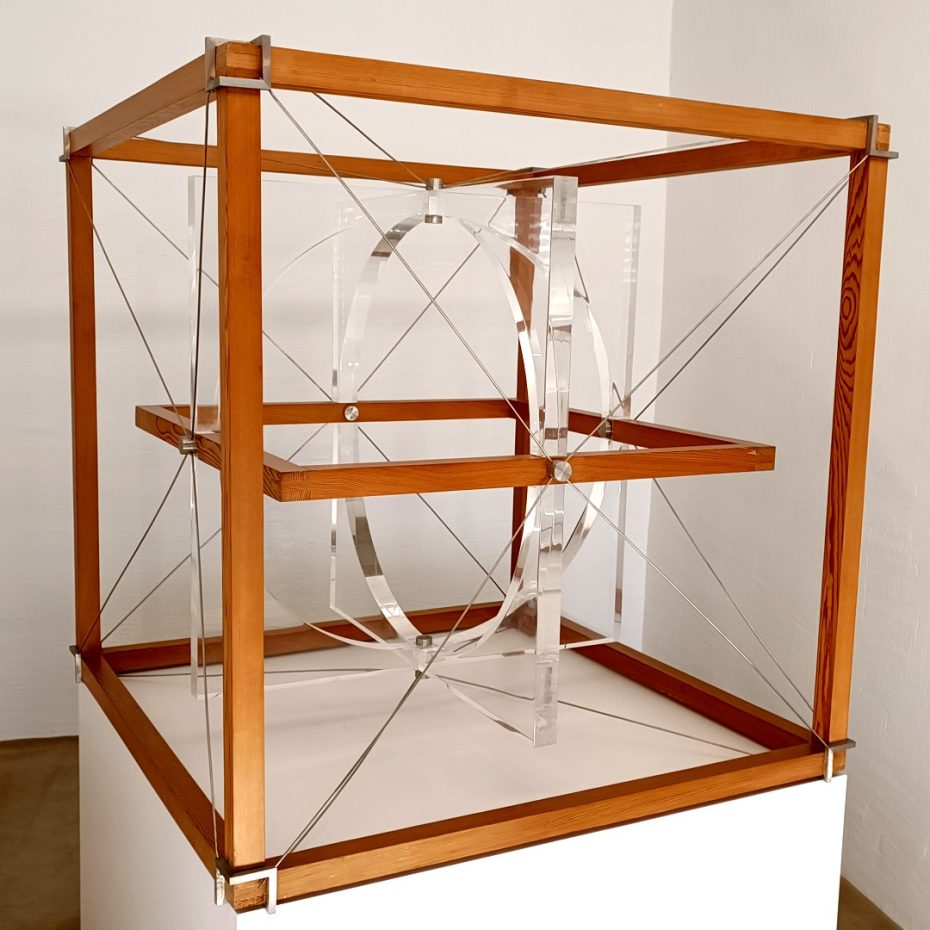
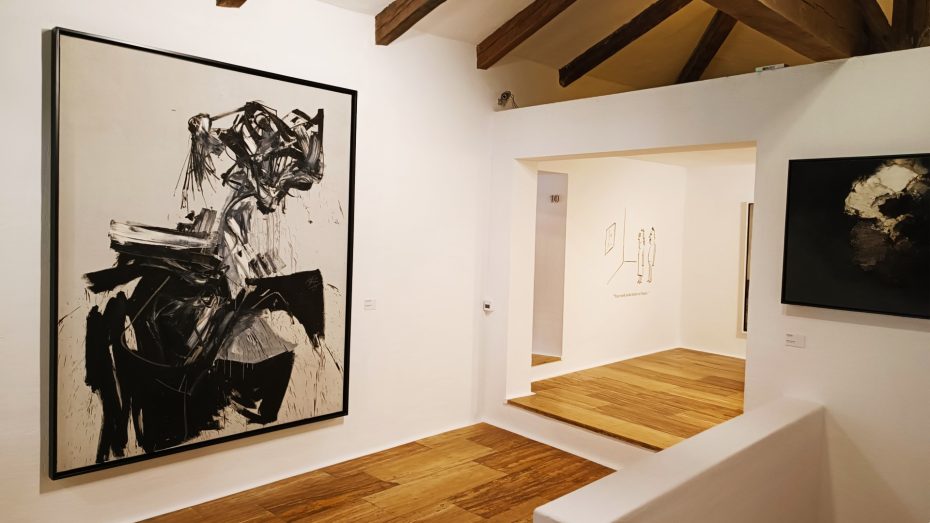
Being a relatively small museum, it is possible to see the whole collection in a couple of hours or less, so there is plenty of time for another walk (and/or a beer).
The chosen destination is the former monastery of San Pablo, now the Parador de Cuenca (Subida a San Pablo, s/n). To get there, you can access the bridge of San Pablo from the same street of the Canónigos or take the scenic route down to the Paseo del Huécar and along the river by the ascent to San Pablo. Personally, the second option offers better views.
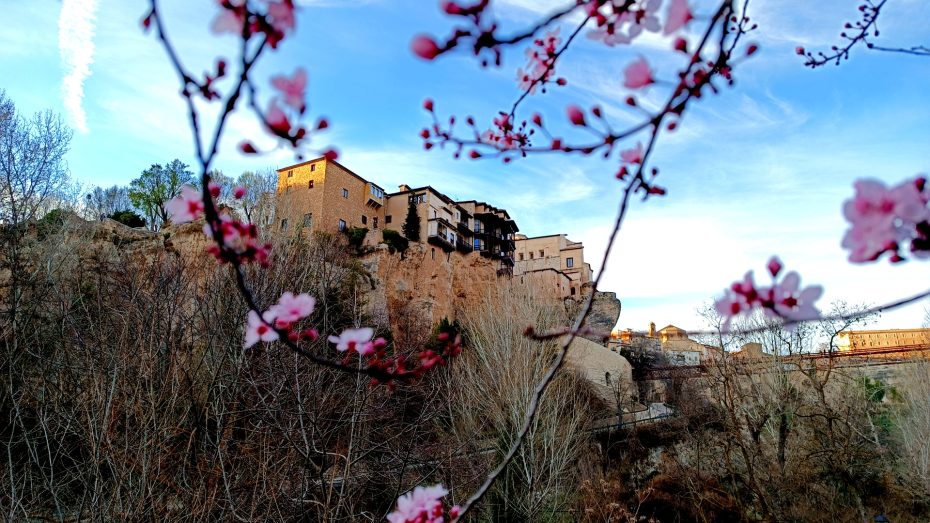
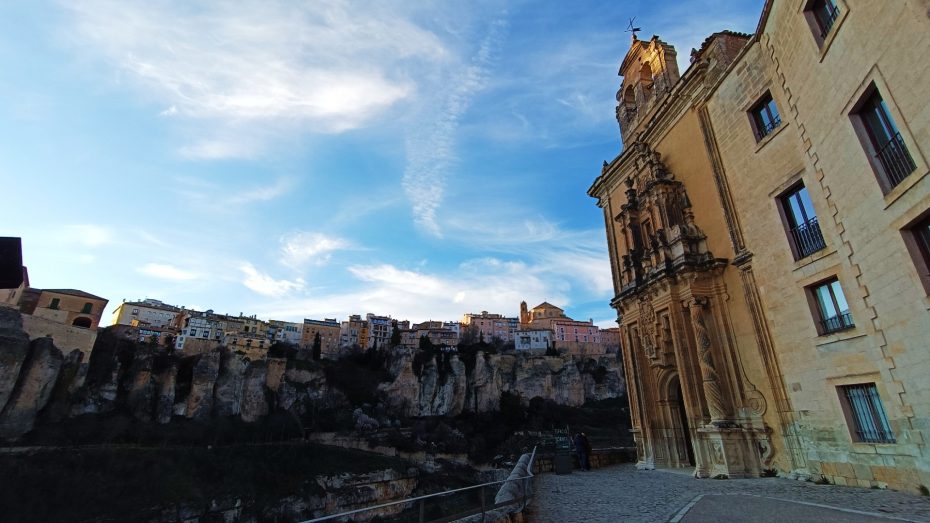
The Parador de Turismo de Cuenca is located in what used to be the convent of San Pablo, a 16th-century Dominican convent located on a promontory overlooking the Huécar River.
A Parador Nacional since 1993, it is possible to visit it and access its restaurant even if you are not staying there.
After a coffee or a beer and a well-deserved rest, the Parador area and the bridge is an excellent place to watch the sunset with the Cuenca skyline and the Casas Colgadas as a backdrop.
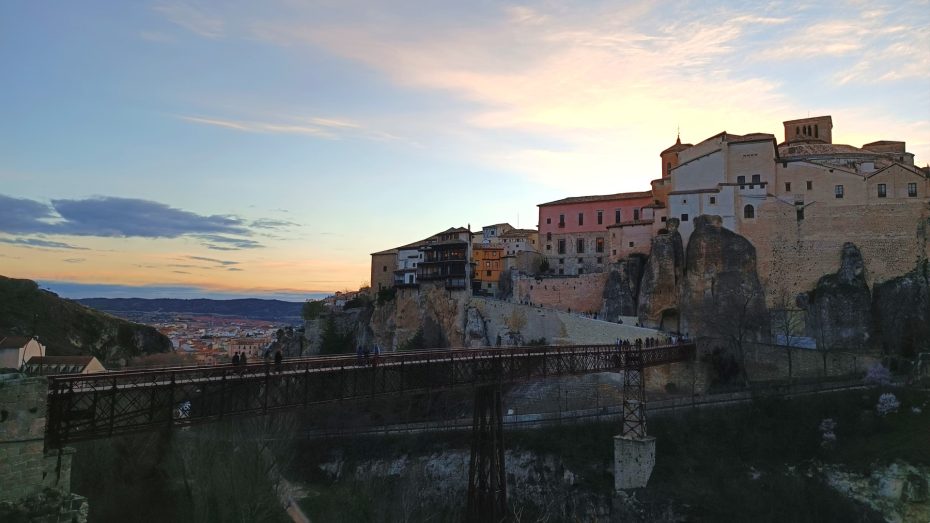
In the evening: Vermouth and dinner at Pícaro Tapas & Copas
Night falls in Cuenca, and we feel like a vermouth. We head to Pícaro Tapas & Copas (Calle del Clavel, 7).
Don’t be fooled by its pseudo-Italian decor, Pícaro’s menu is a mix of local and international dishes. It had been recommended to us for its “signature” burgers, and the truth is that it does not disappoint. We chose a venison burger with arugula, pink tomato, gorgonzola cheese, and grilled white onion.
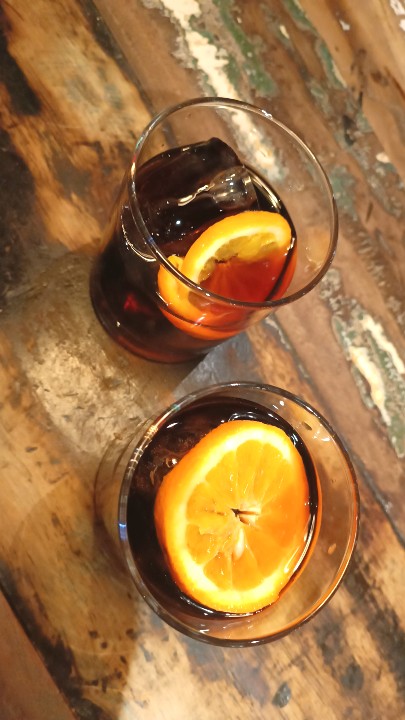
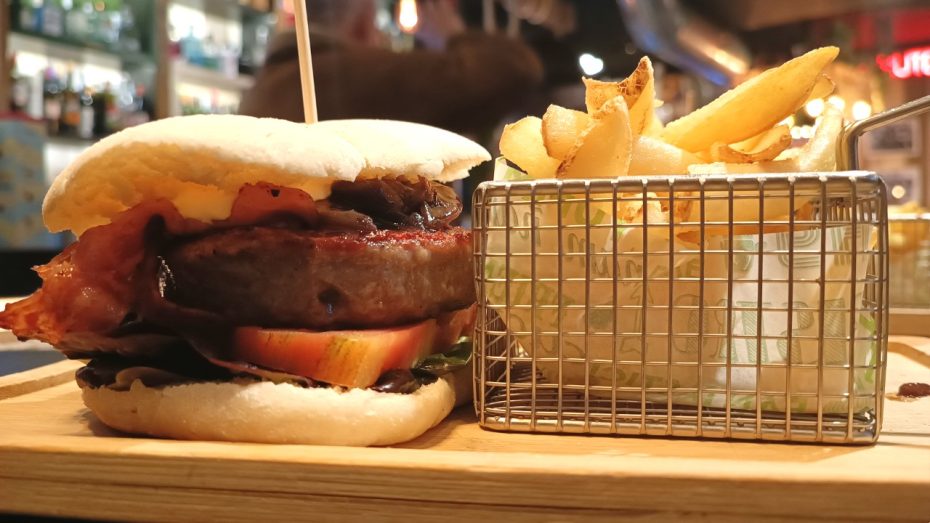
After a great dinner and a few drinks, it was time to go back to the hotel to rest.
Two-day Cuenca Itinerary: Day 2
After a fairly intense first day in which we managed to see the Upper City of Cuenca quite well, it’s time to leave the city center and explore one of the most impressive natural landscapes of Castilla-La Mancha. We will go, of course, to the Enchanted City. On our return to the city we will explore the Júcar River doing a circular hiking route.
Morning: Breakfast, Devil’s Window, and Enchanted City.
Breakfast is the most important meal of any day, so we had breakfast at the hotel as if our lives depended on it.
While we had read very good reviews about the tour to the Enchanted City, we didn’t quite know what to expect, especially since both the weather app on my phone and the sky that March morning predicted rain.
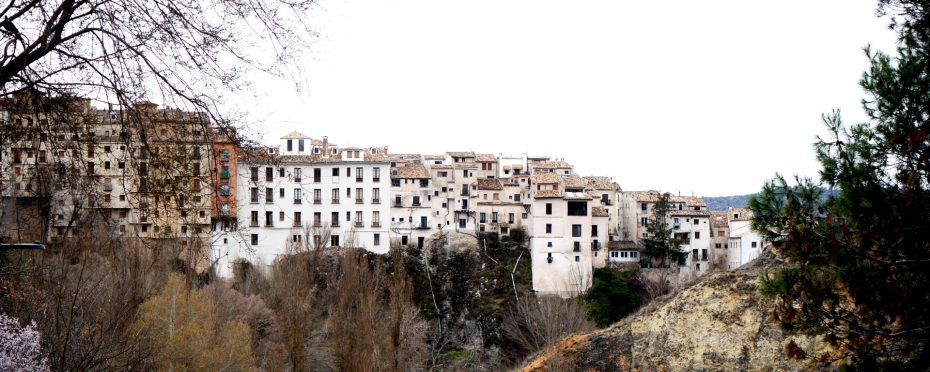
Our guide, David, arrived at the meeting point like a Swiss clock, and we set off on our journey. Full of humor, fun facts, and useful information, all my doubts were dispelled on the journey between Cuenca and the Ventano del Diablo. Okay, we may get rained out, but at least I’ll have a good time.
The Devil’s Window
The CM-2105 road took us parallel to the course of the river Júcar. Its waters are between turquoise and emerald green, more reminiscent of the Balearic Mediterranean than a river in inland Spain.
After about 20 minutes, we arrived at Villalba de la Sierra, the only town between the Serranía de Cuenca Natural Park and the provincial capital. From there, we entered the park to the Ventano viewpoint.
We parked next to a picturesque craft sale, and the views were promising.
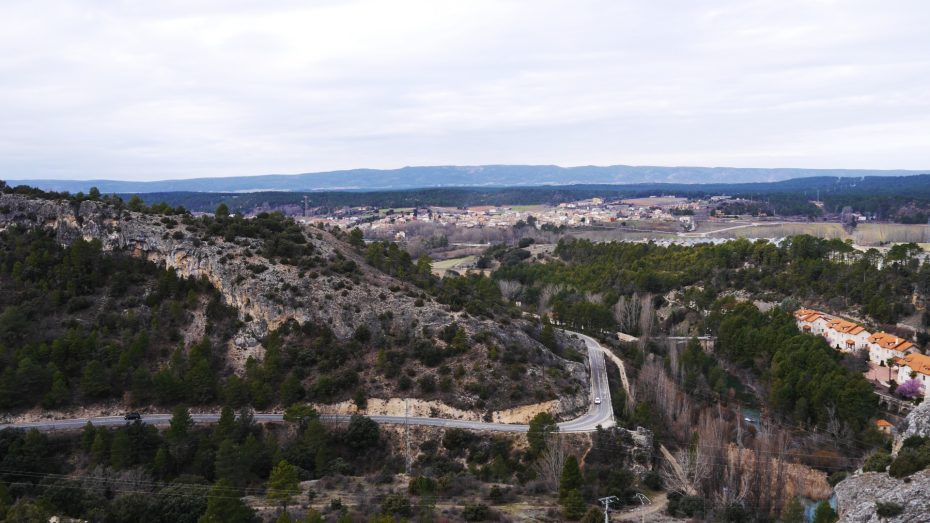
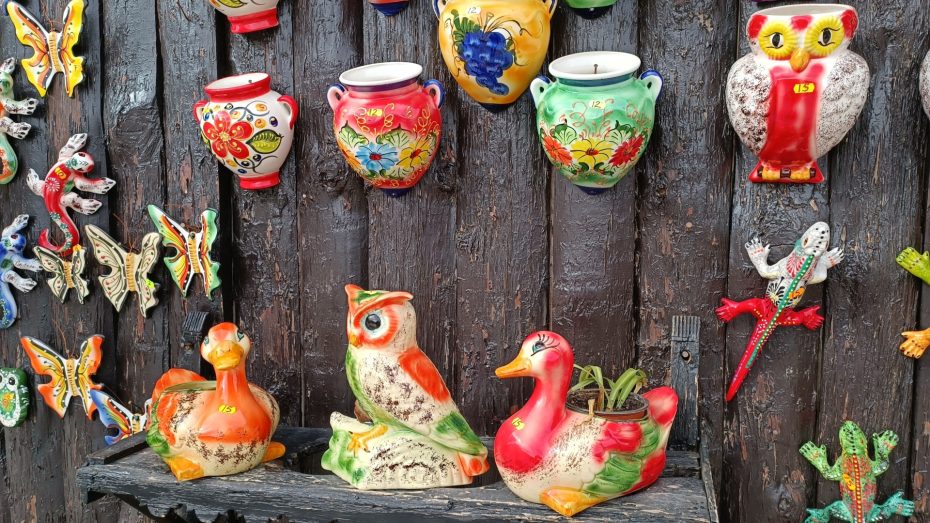
The main attraction was a short walk from there. El Ventano del Diablo is a natural lookout and cave next to the sickle formed by the Júcar River. This stunning place is only one of the many ecotourism attractions in Castilla-La Mancha.
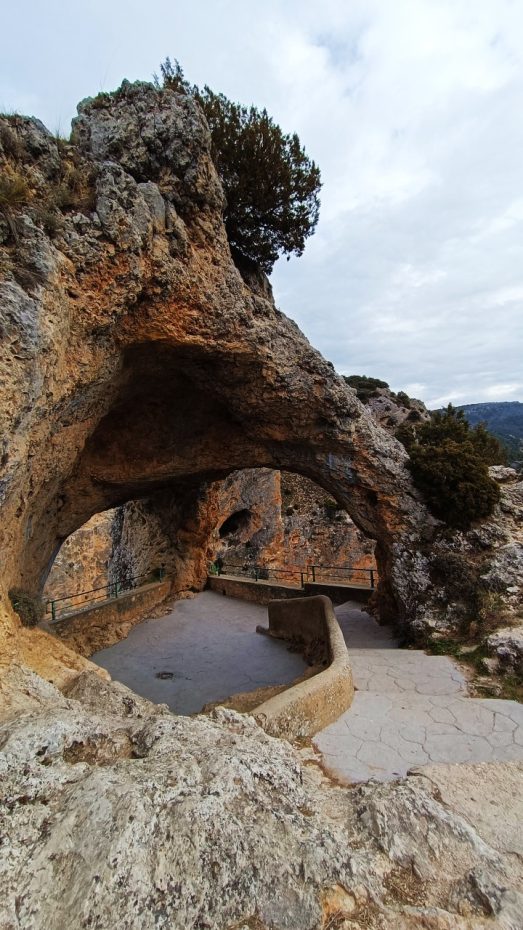
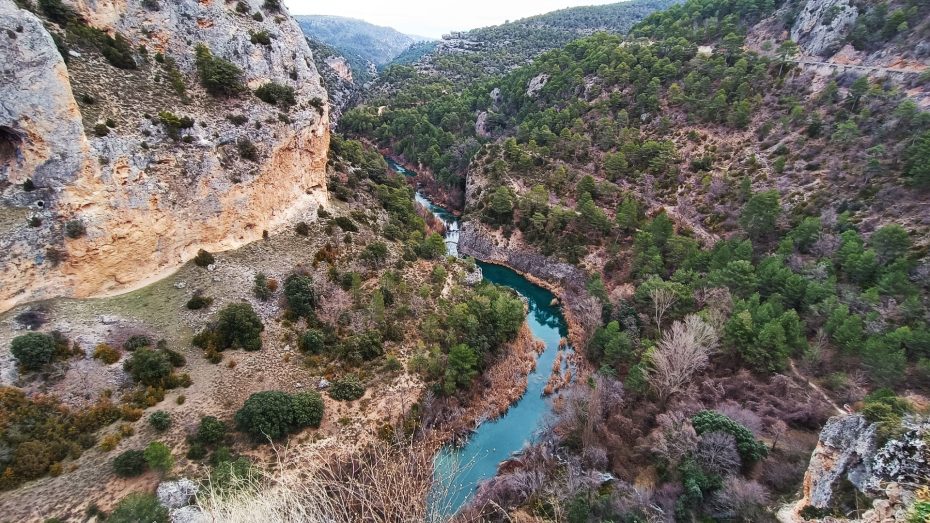
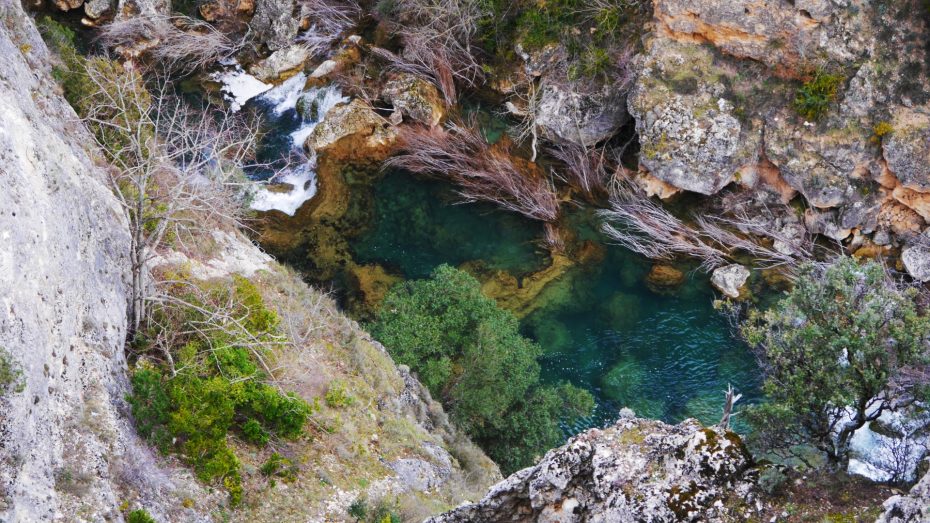
Needless to say, the Júcar Gorge, the Ventano del Diablo, and the entire natural park are among the main trekking adventure tourism and nature destinations in the province of Cuenca. It’s easy to understand why. During my March visit, seeing the water from afar and with a rainy forecast, I couldn’t stop thinking about jumping into one of those pools.
Fortunately, before my impulses forced me to jump into the icy waters of the Júcar, it was time to get back in the van to go to the Enchanted City.
Ciudad Encantada
We arrived at the Enchanted City after a short drive. During the ride, the guide asked us to watch the roadside in case we saw examples of the local fauna: wild boars, foxes, or deer. The deer probably sensed that I had eaten venison the night before and chose to stay away.
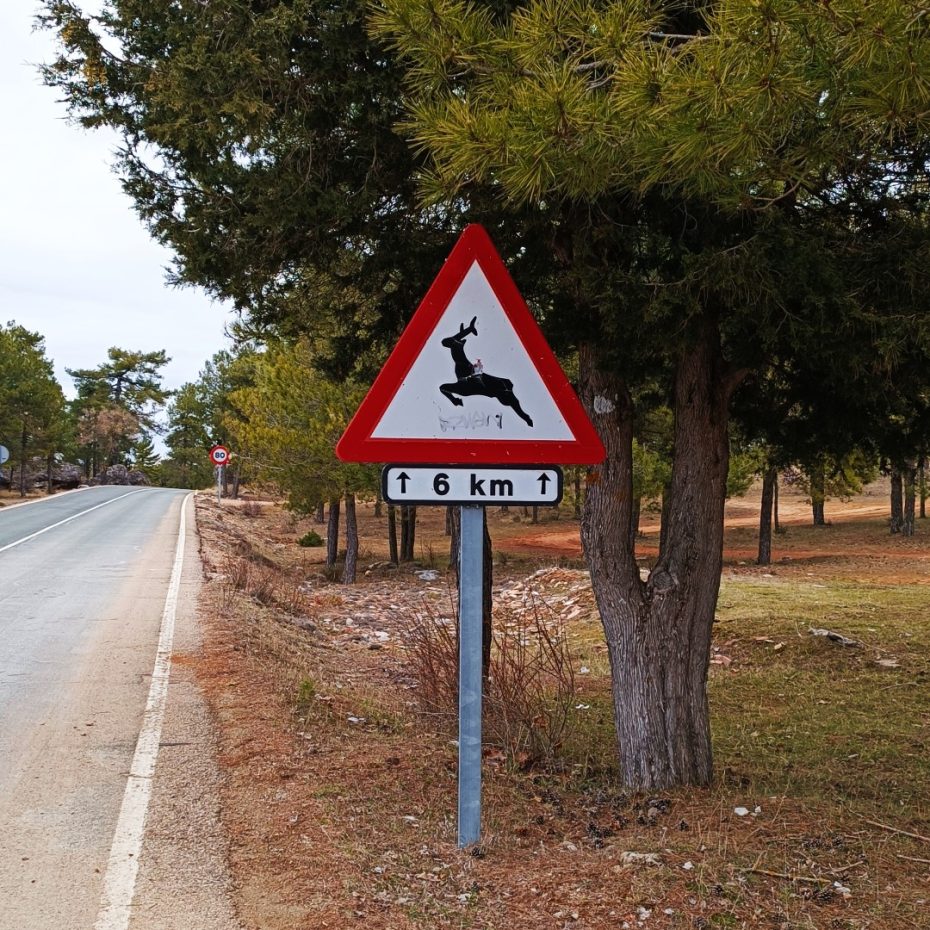
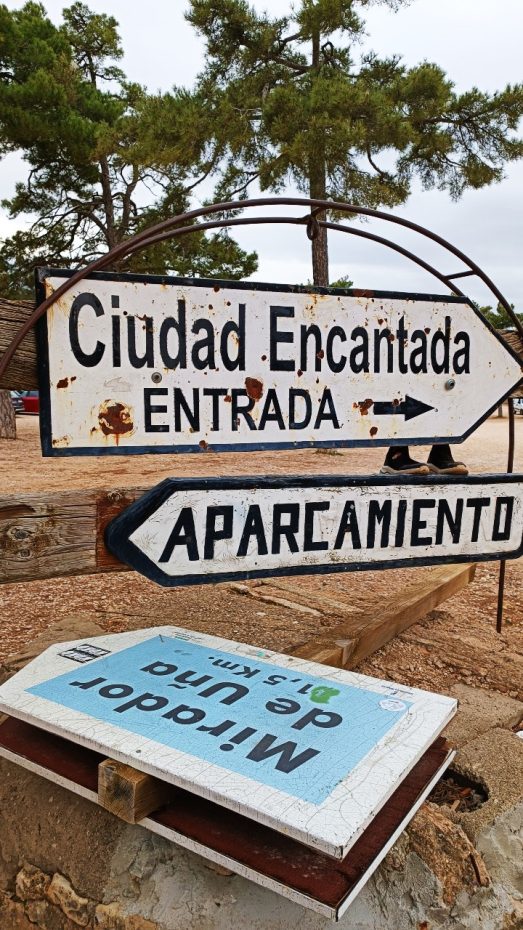
We arrived at the “city” and had some free time while other members of the group arrived. The cold was starting to set in, but it wasn’t raining.
Once we had all arrived, we entered the enclosure. It is worth mentioning that the Enchanted City Tour includes the entrance ticket and the guided tour.
We are welcomed by the formation known as the Tormo Alto, symbol of the park and the meeting place where our guide explains the geological origin of the Enchanted City.
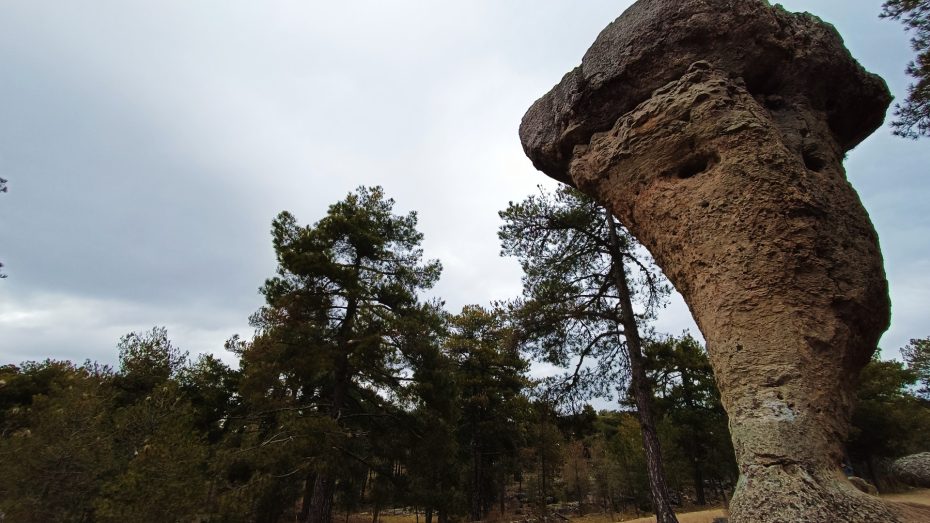
Ciudad Encantada is a geological site characterized by rock formations resulting from weather and water erosion. The curious formations of Ciudad Encantada are mostly karstic conglomerates of limestone and dolomite dating from the Cretaceous period, approximately 90 million years ago. During the Cretaceous period, the Thetis Sea covered a large part of the Iberian Peninsula, forming part of the bedrock rich in dolomite minerals. After millions of years, salts derived from the skeletons of marine animals sedimented and transformed into limestone. At the end of the Cretaceous, the area came to the surface, and the limestone and dolomite deposits were left to the mercy of the elements.
Add millions more years in which weathering and rainfall wear away the limestone, which is softer and more porous, and expose the dolomite, which is much more resistant. The dolomite is not evenly distributed in the original rock, so this weathering generates irregular and capricious shapes.
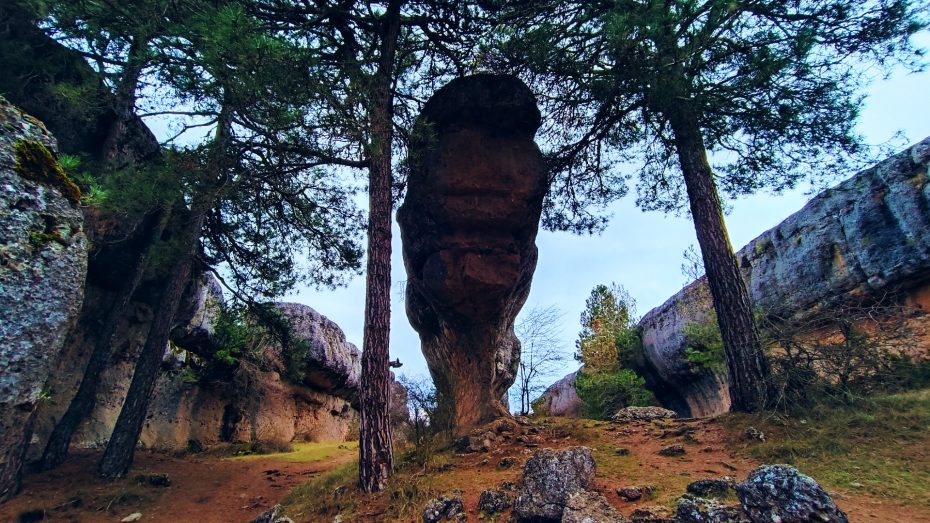
The curious formations of the Enchanted City have always awakened the imagination of its visitors who, like those who search for shapes in the clouds, have found all kinds of forms in them. Animals, objects, buildings, and even human beings, it seems that there is no stone without a name in this spectacular natural space.
Famous formations of the Enchanted City
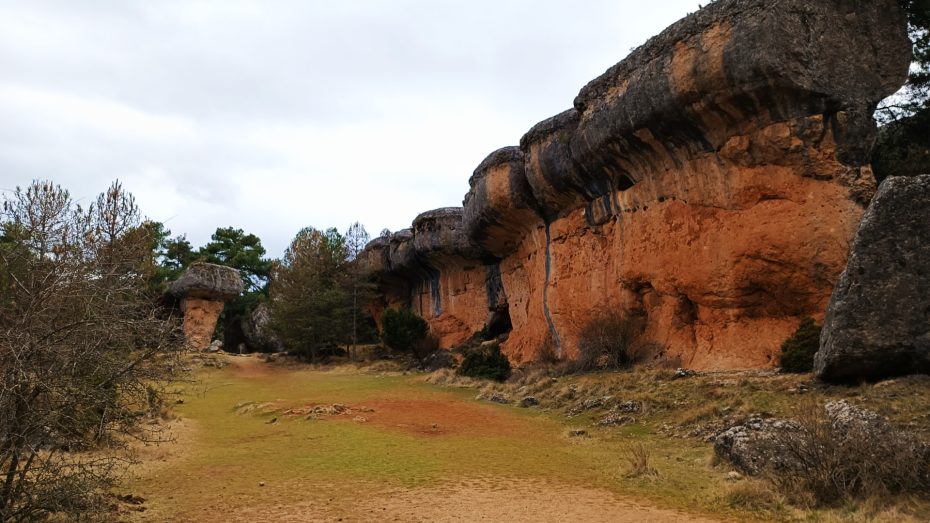
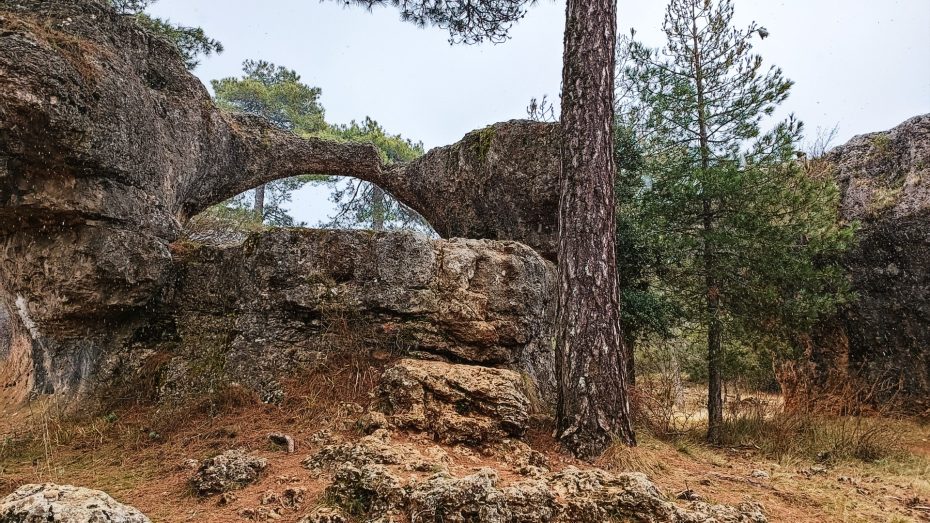
According to the weather forecast in Cuenca, precipitation was expected that day. Thank goodness it didn’t rain, it snowed!
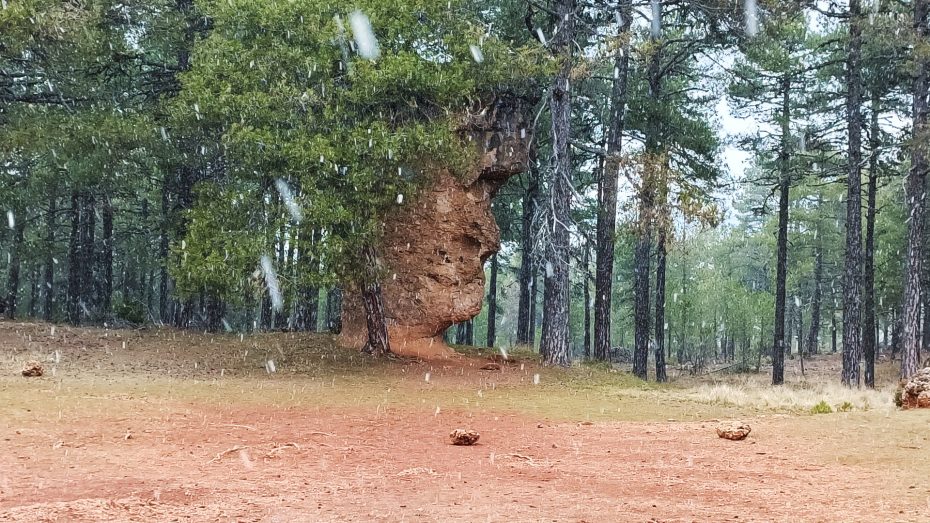
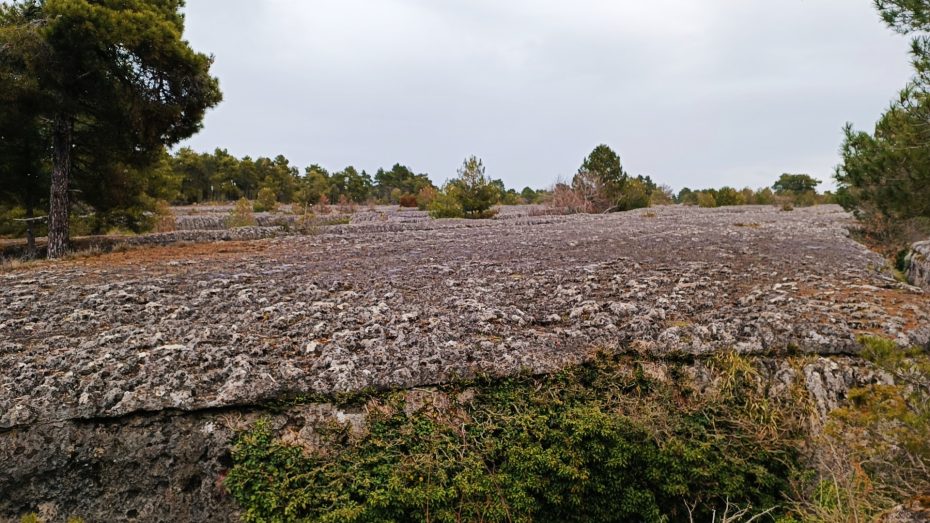
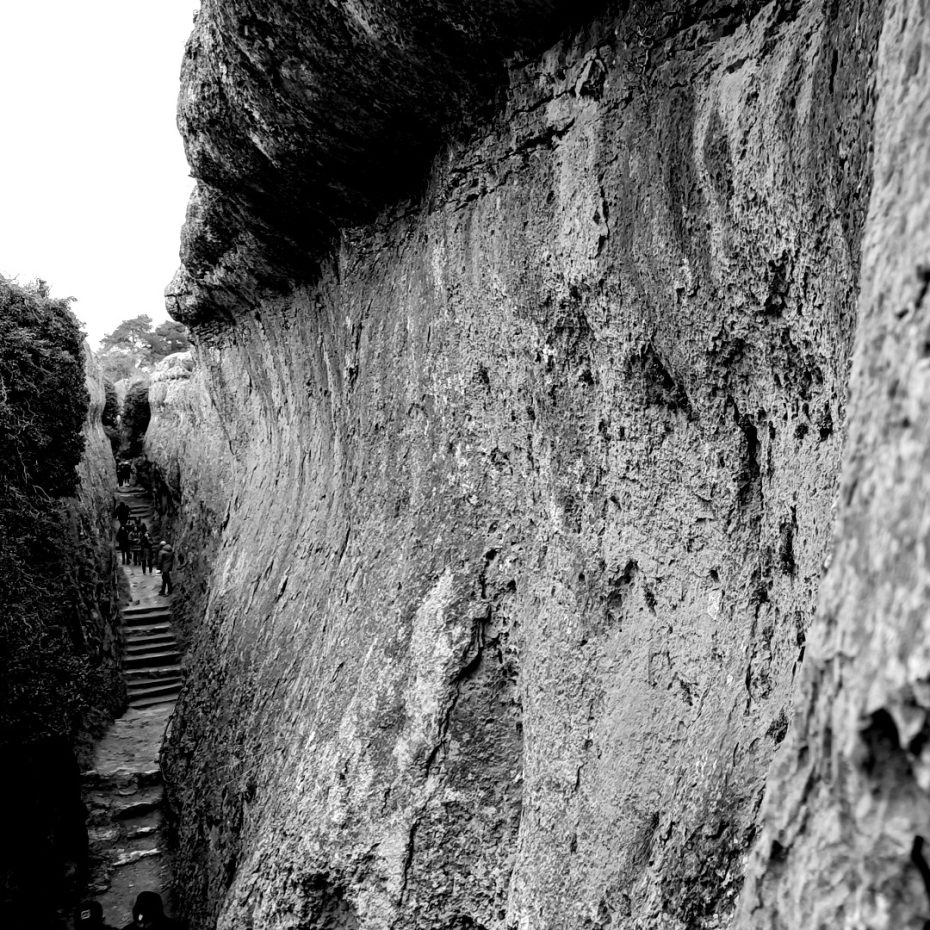
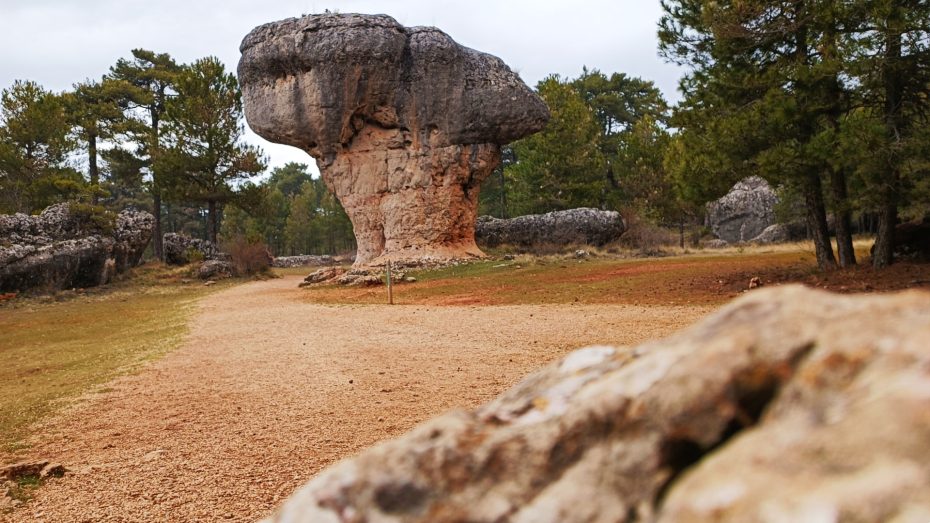
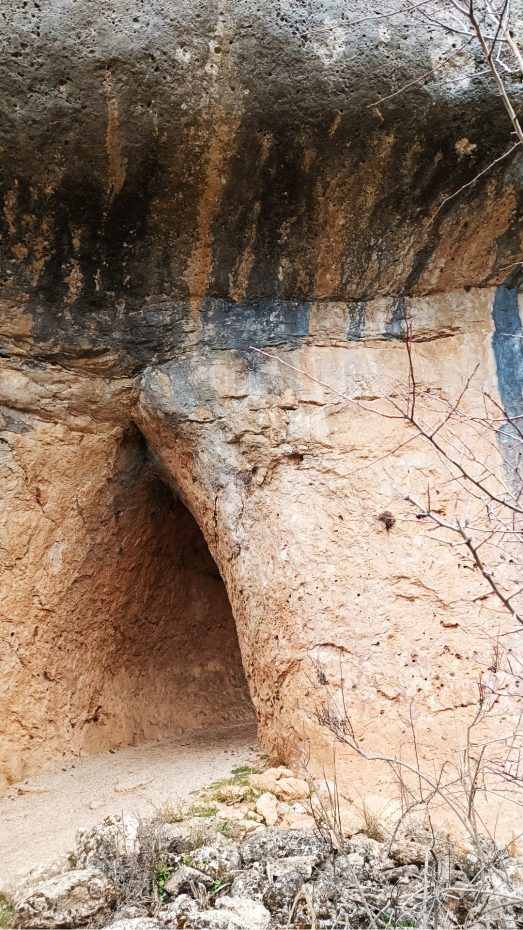
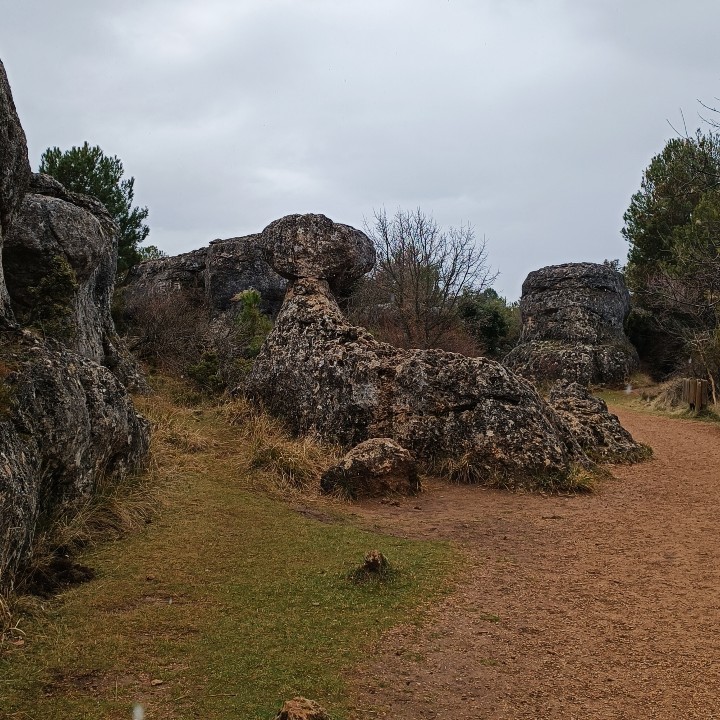
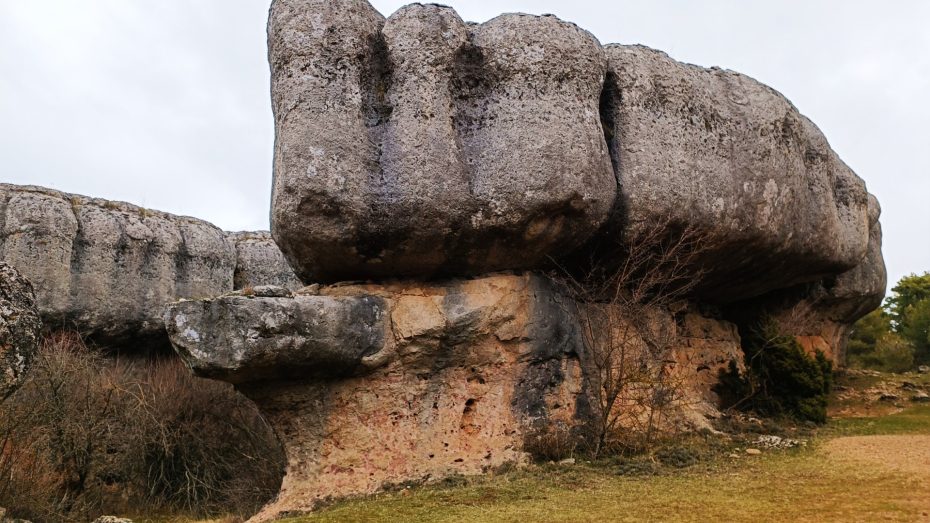
The visit to the Enchanted City and its nature also helped me capture images of the place’s small flora (and fauna).
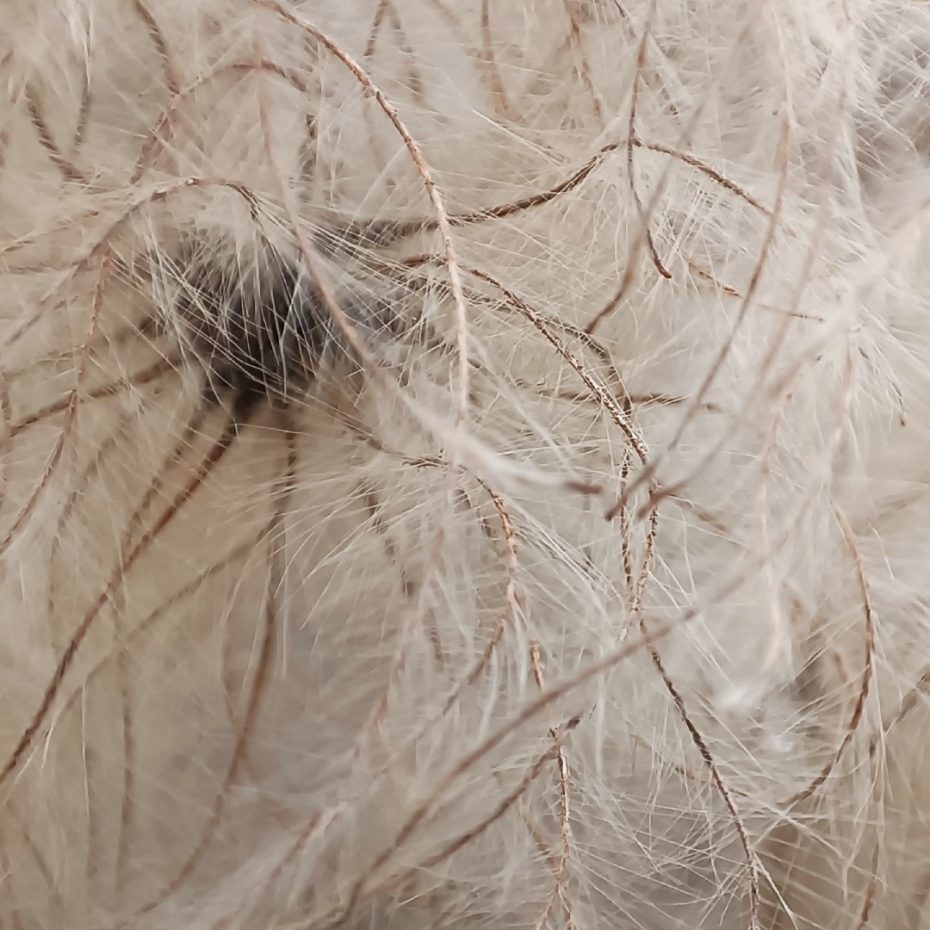
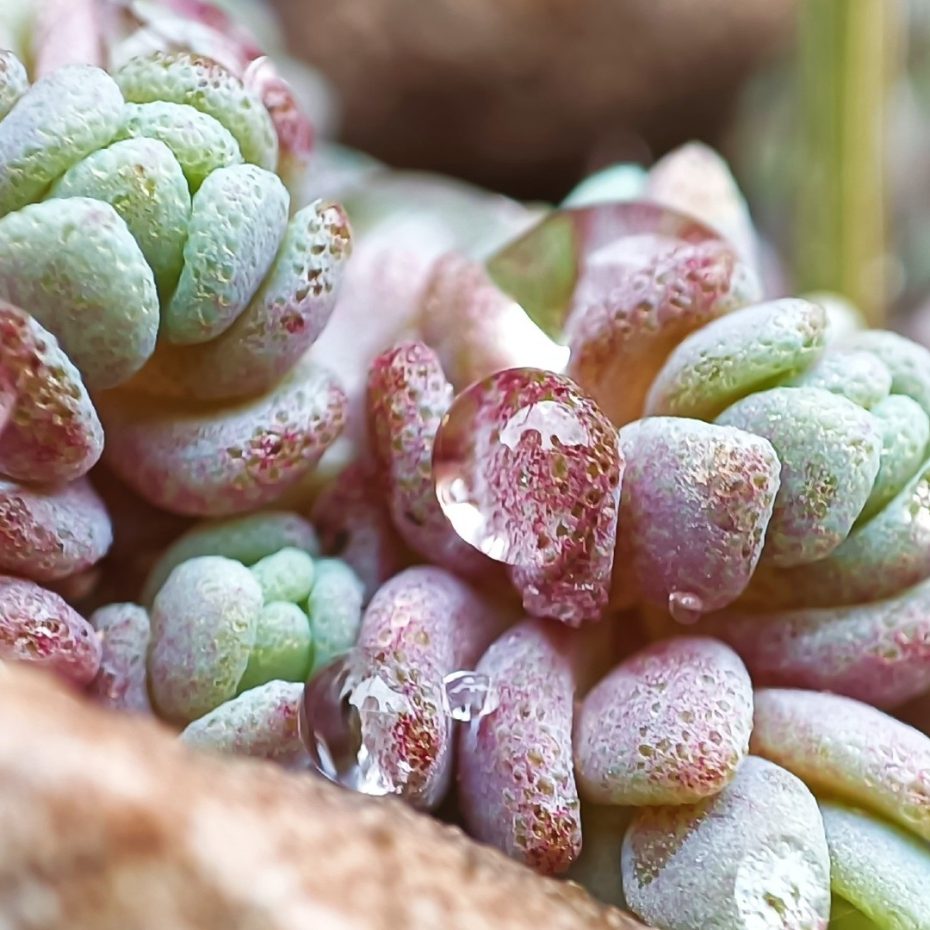
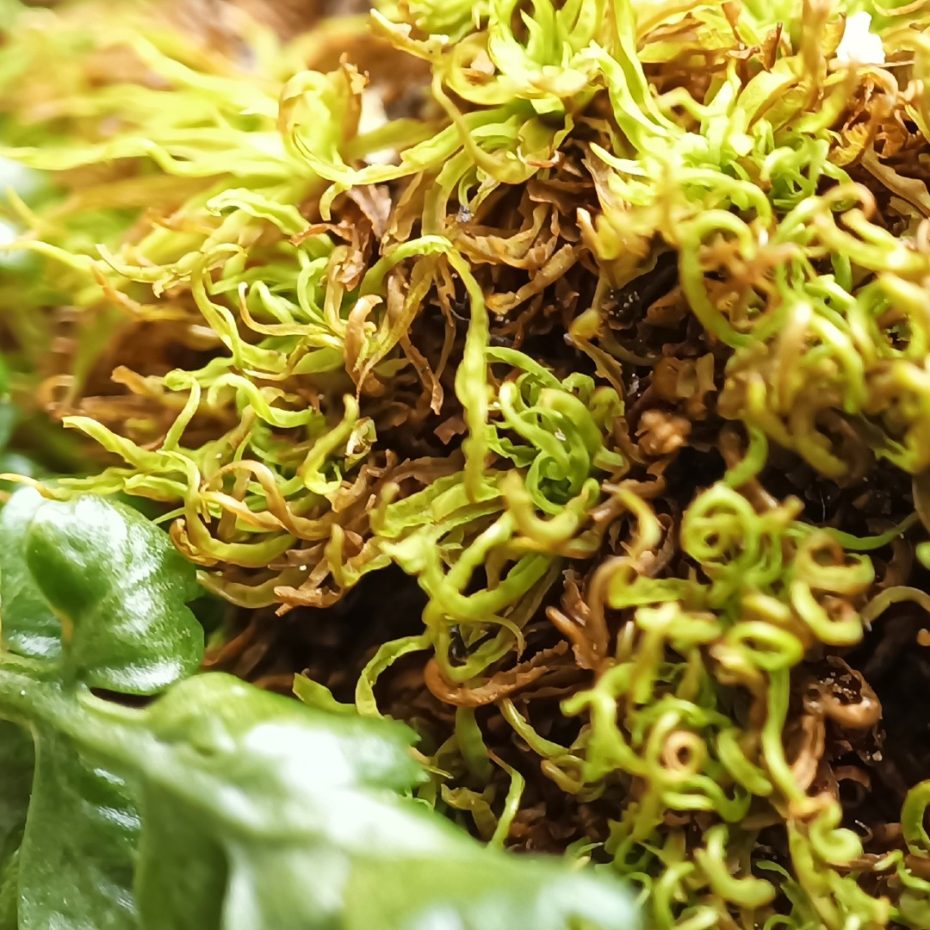
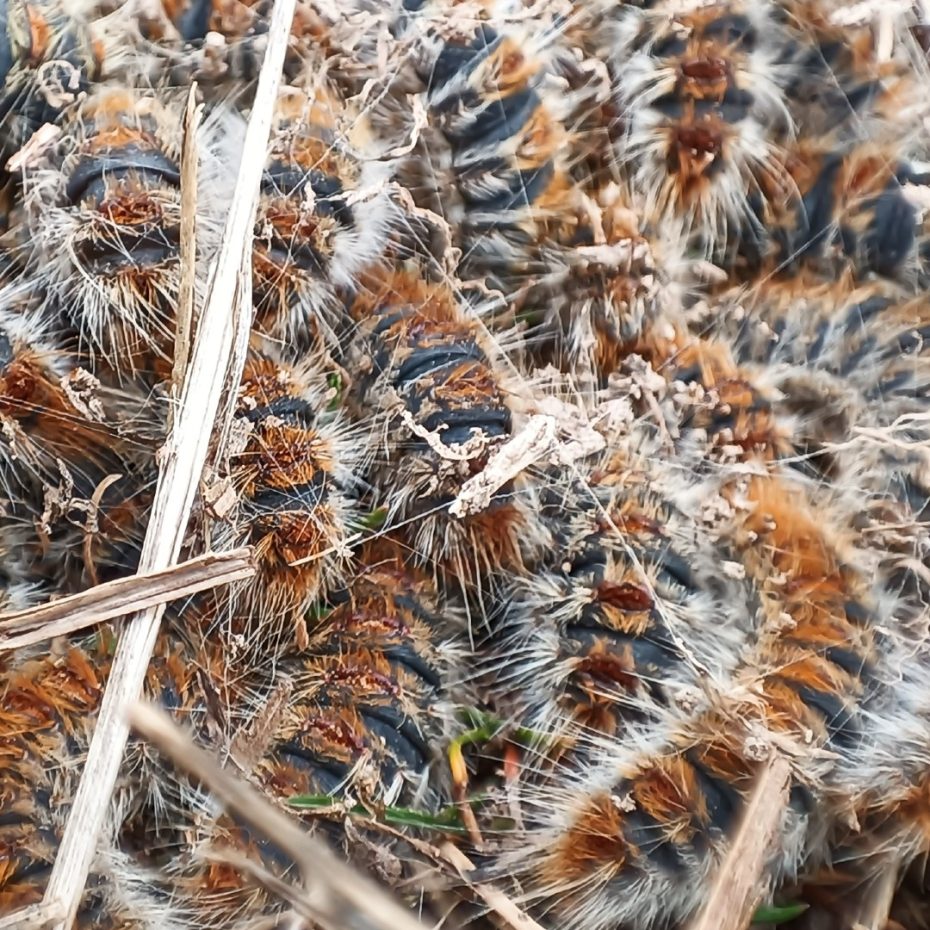
The three-kilometer circuit of the visit to the Enchanted City lasts approximately one hour and forty-five minutes and has a low difficulty.
The visit went by fast, and before we had time to look at the clock, it was time to return. We hopped back in the van and headed back to the city of Cuenca.
Noon: Lunch at Bar Restaurant Mirador Casas Colgadas
Upon re-entering the city, we asked the guide to drop us off in the Barrio del Castillo at the entrance to the Upper Town. We were hungry, and this time we wanted something a little more “homemade”, so we opted for the Restaurante Casas Colgadas (Calle Larga, 5), which serves daily set menus in a much more informal atmosphere than the restaurants where we had eaten during our weekend in Cuenca.
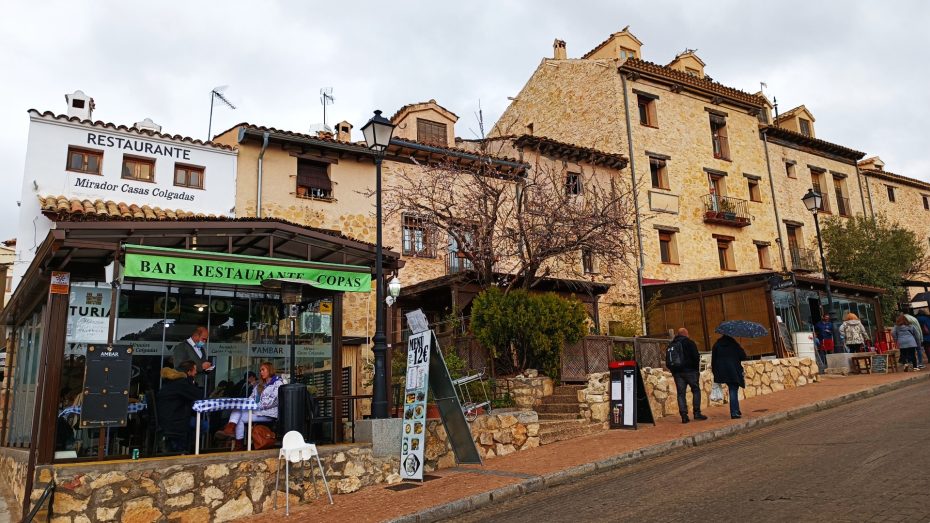
We ordered the “morteruelo” and the roast knuckle as a main course.
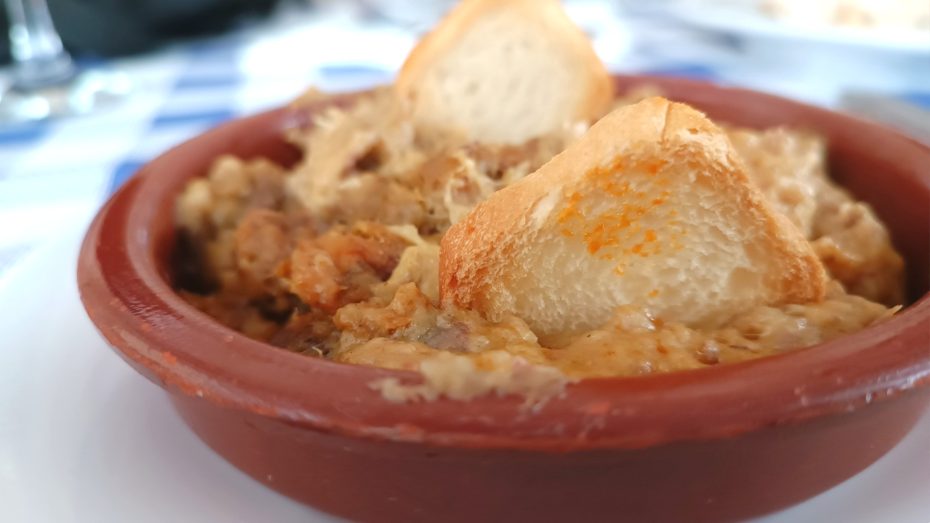
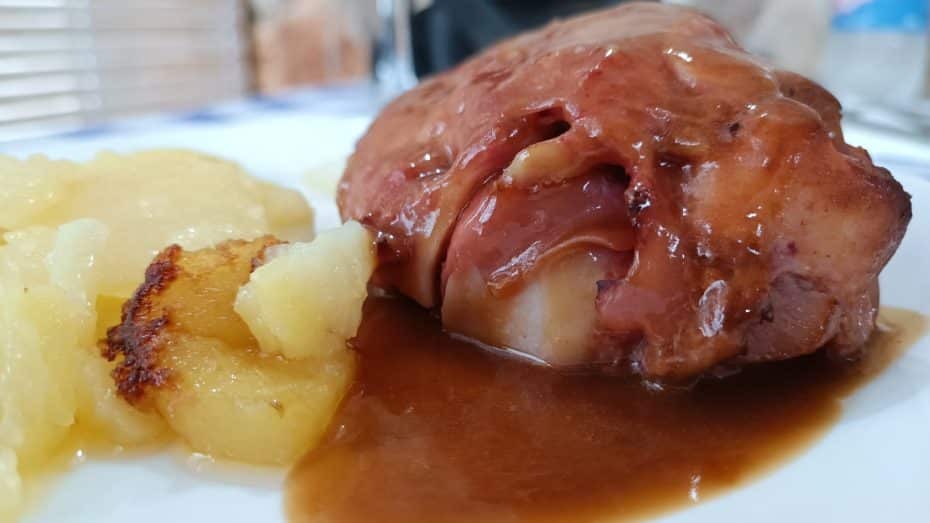
The service was phenomenal, the portions were generous, and the food was very tasty. Just what we needed.
Afternoon: Trail from Castle to Junta de los Ríos
With our batteries recharged, we headed to the ruins of the castle, about 50 meters from the restaurant.
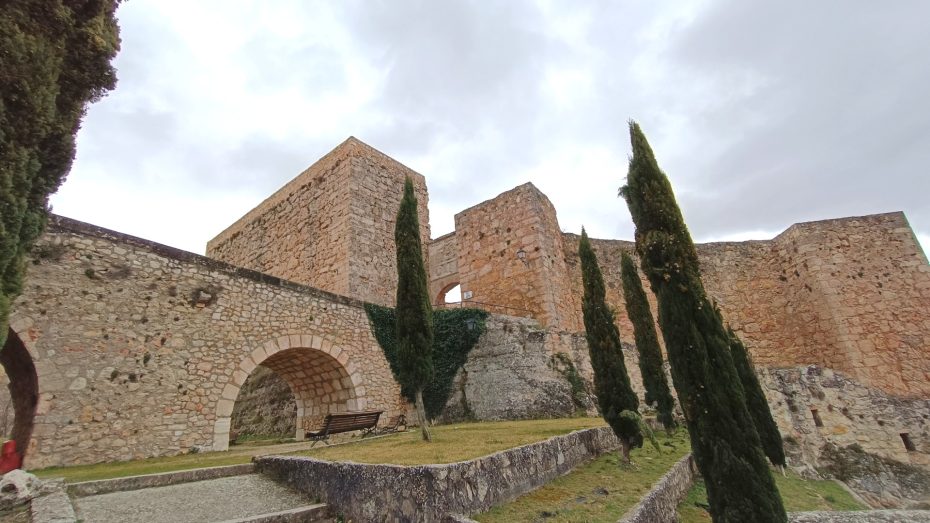
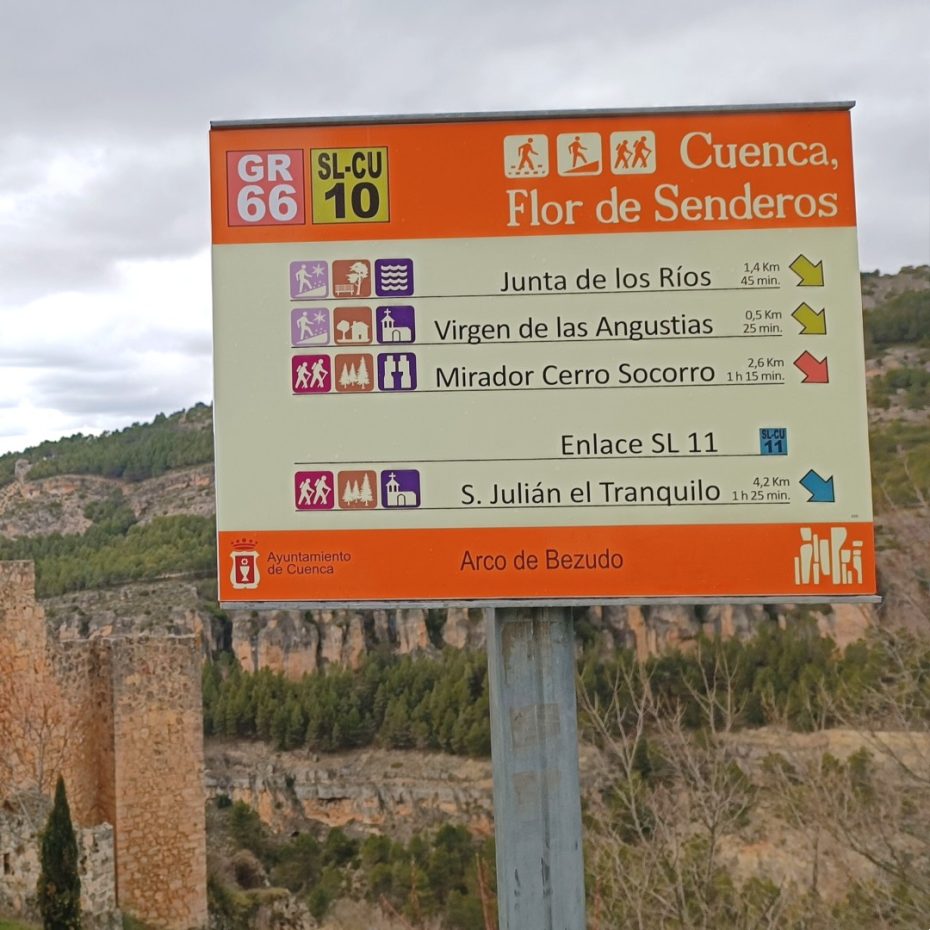
From this point, there are several hiking trails, both through the city and nature. Since we had spent the previous day next to the Huécar Gorge, we were interested in seeing the Júcar Gorge.
The hike, 1.4 kilometers to the river junction, has an elevation gain of about 120 meters and moderate difficulty (although doing it downhill makes things easier), and a duration of between 45 minutes and an hour depending on the pace, and stops to take pictures, rest and admire the beauty of the city and nature.
The first part of the road, in the highest part of the city, is the steepest and runs along terraces (some sections are paved) and some stairs.
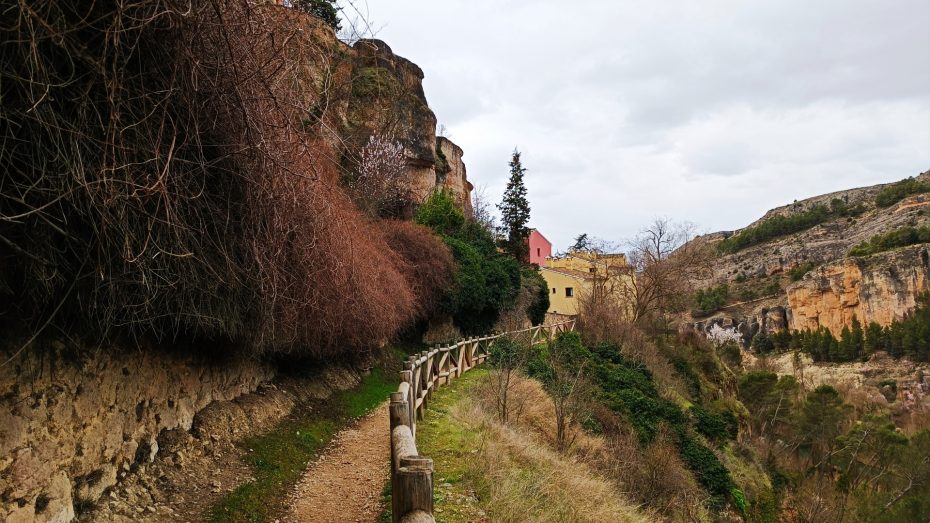
As it could not be otherwise, the unevenness of the route offers several viewpoints from where to appreciate the emerald waters of the Júcar River.
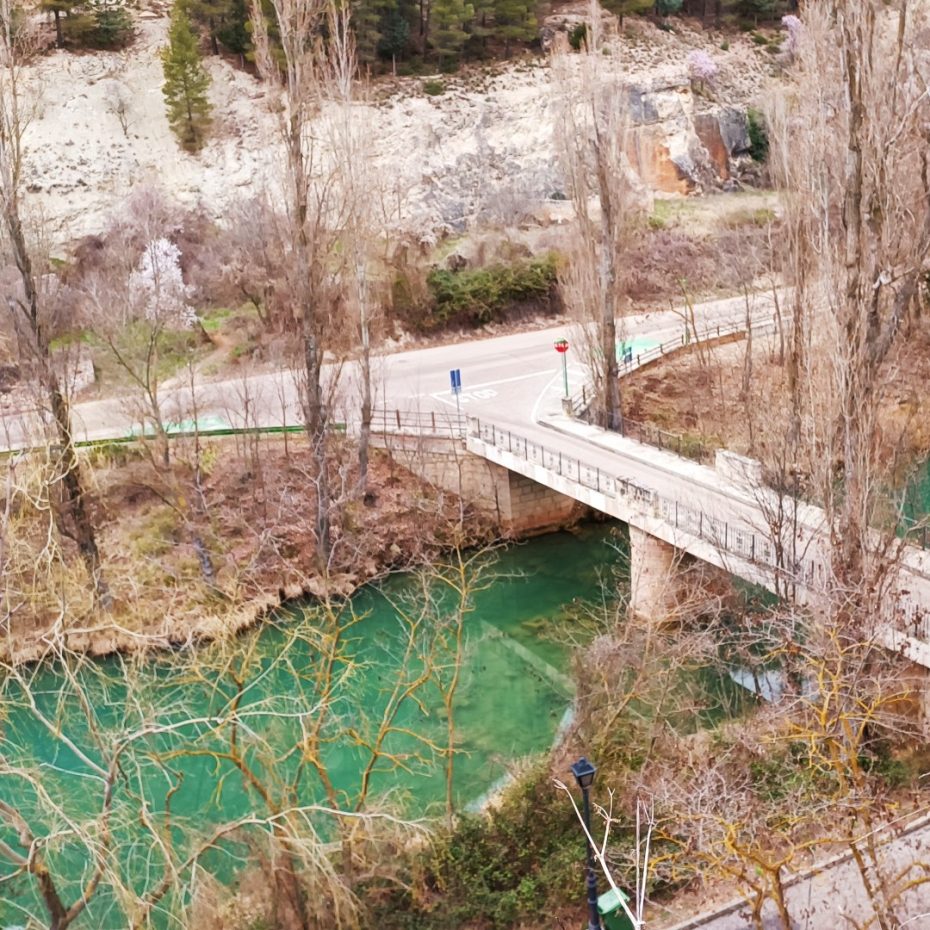
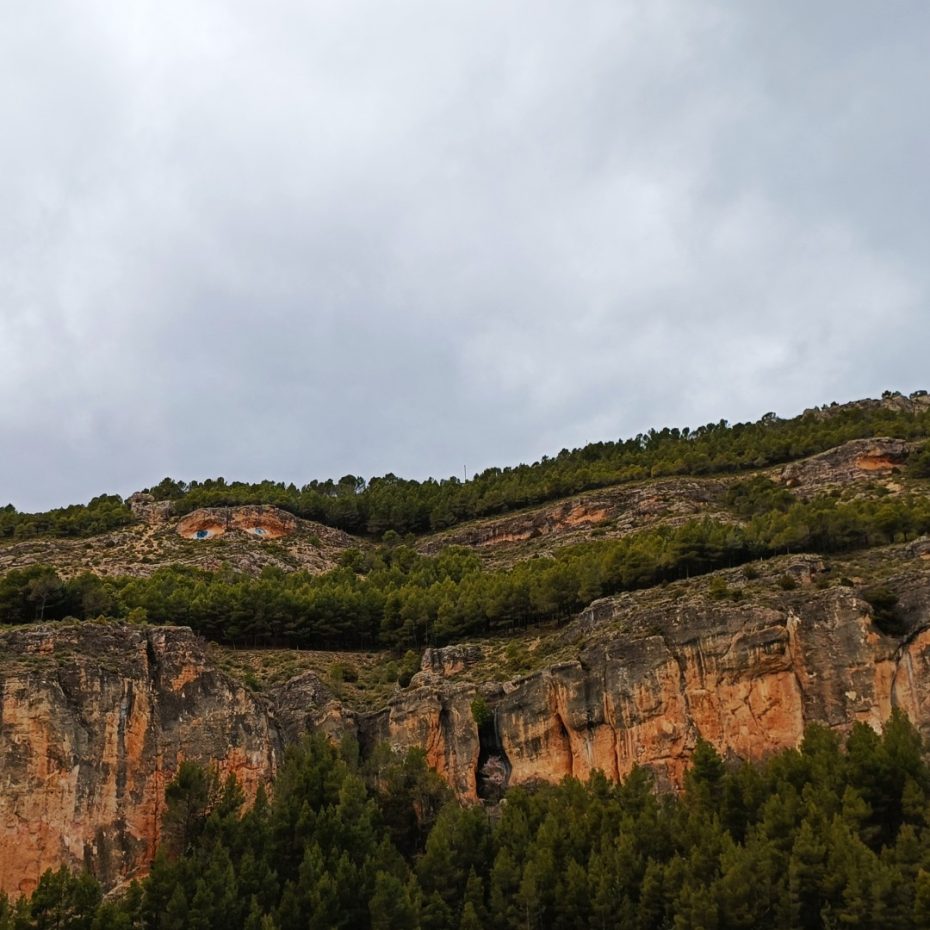
Once we reach the level of the river, the path is quite flat and runs through wide and well-marked crosswalks next to the road. In this section, the beauty of the color of the river is most noticeable, especially the contrast with the winter colors.
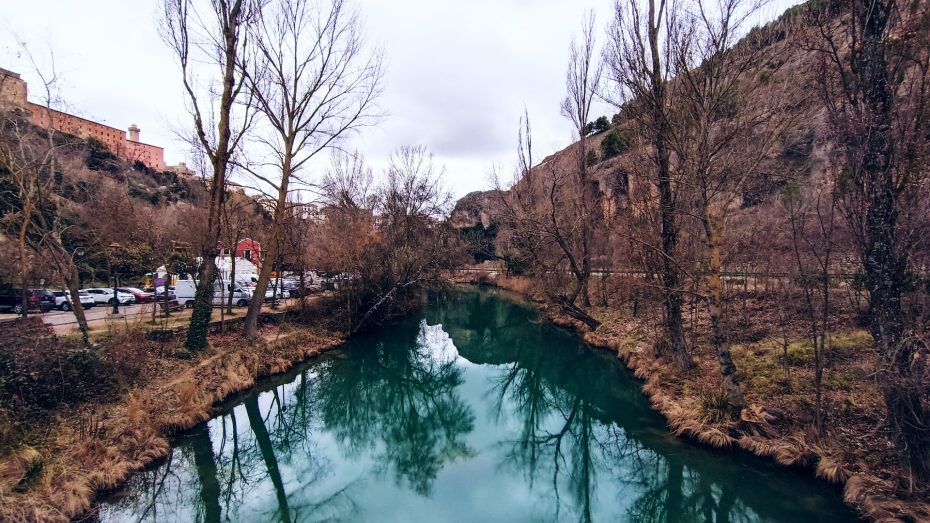
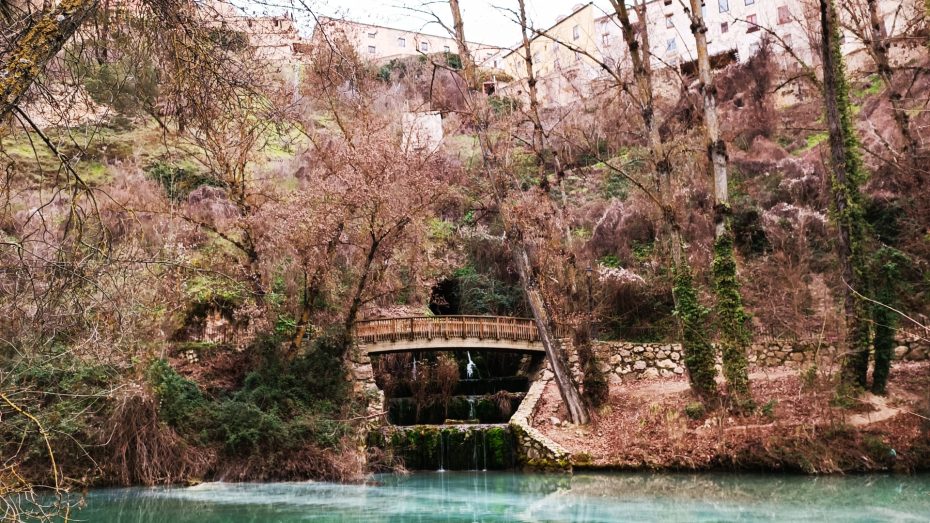
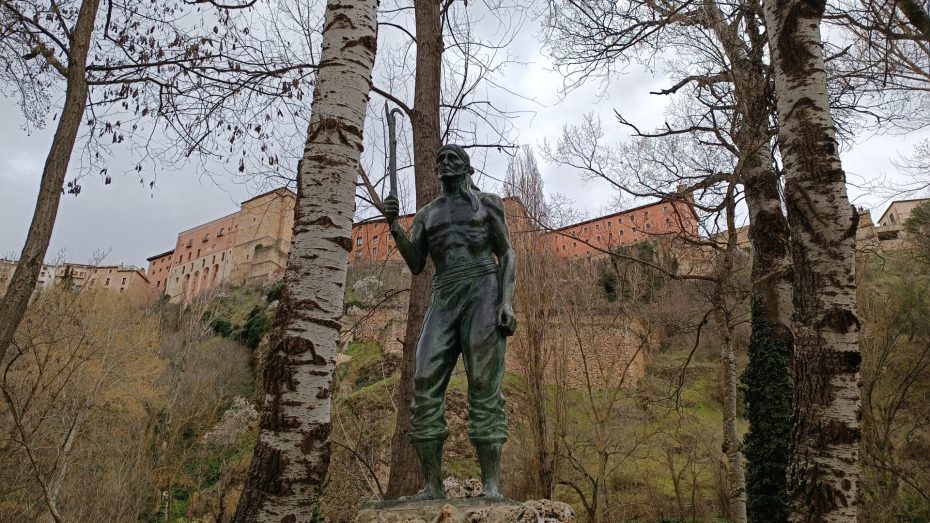
Meanwhile, on the right side, the neighborhood of San Antón shows its colorful houses.
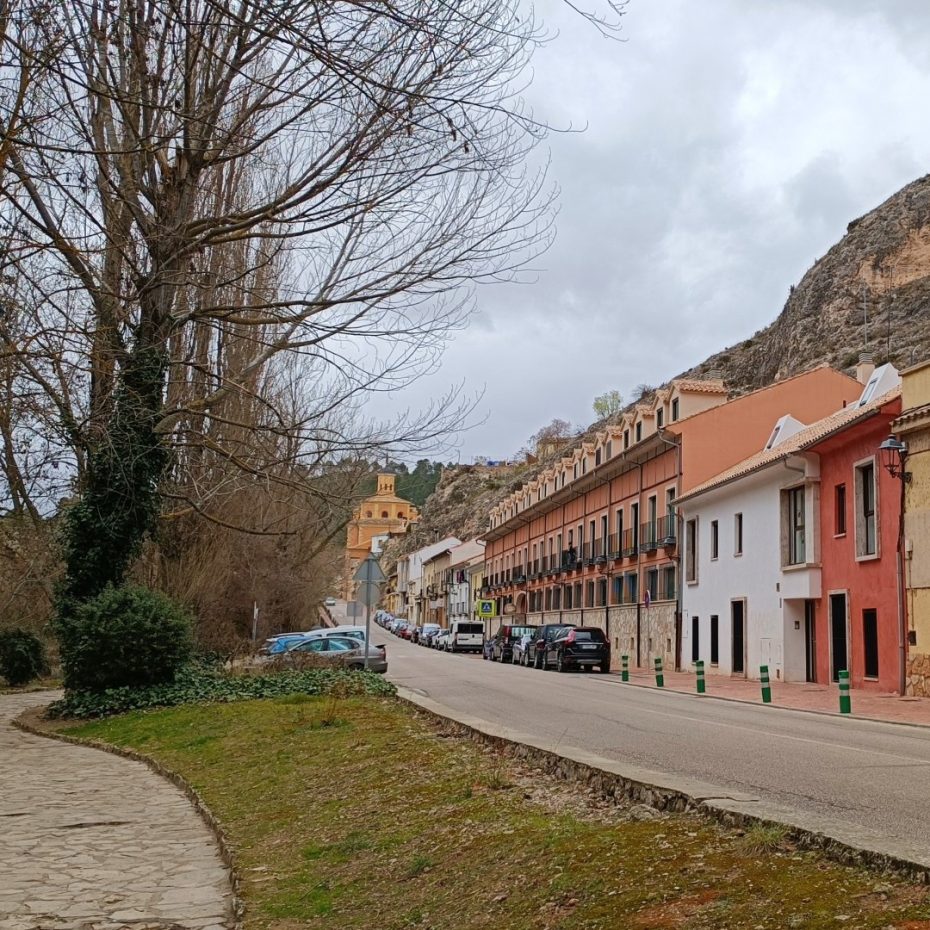
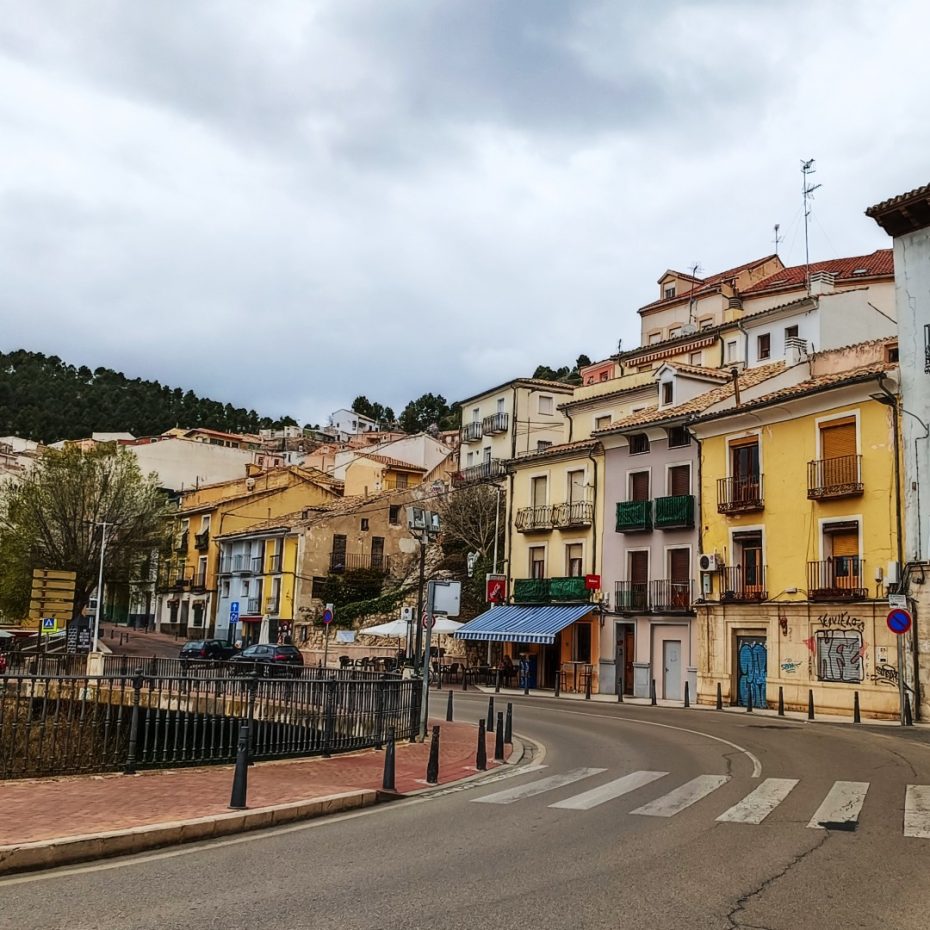
We arrive at the mouth of the Huécar River, near the San Antón bridge, and look at the marvel of the upper city of Cuenca before heading back to the hotel to pick up our luggage and head to the station.
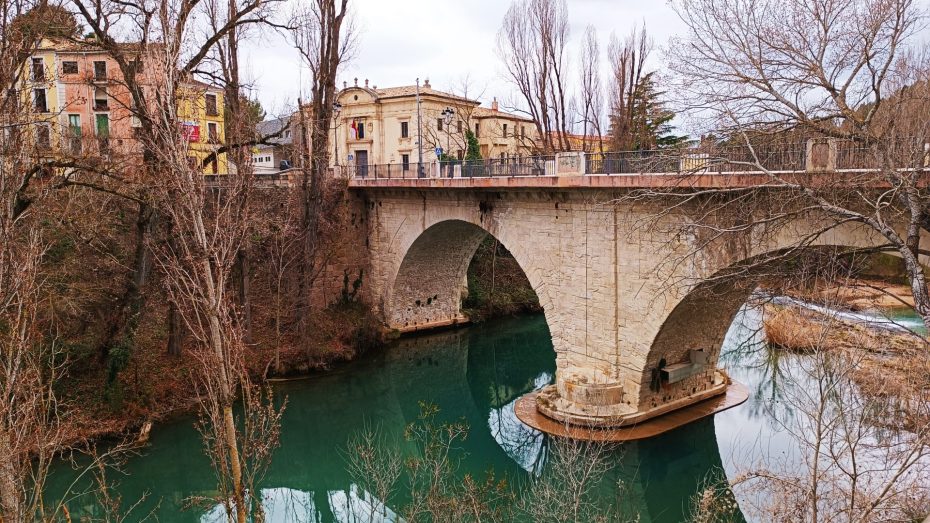
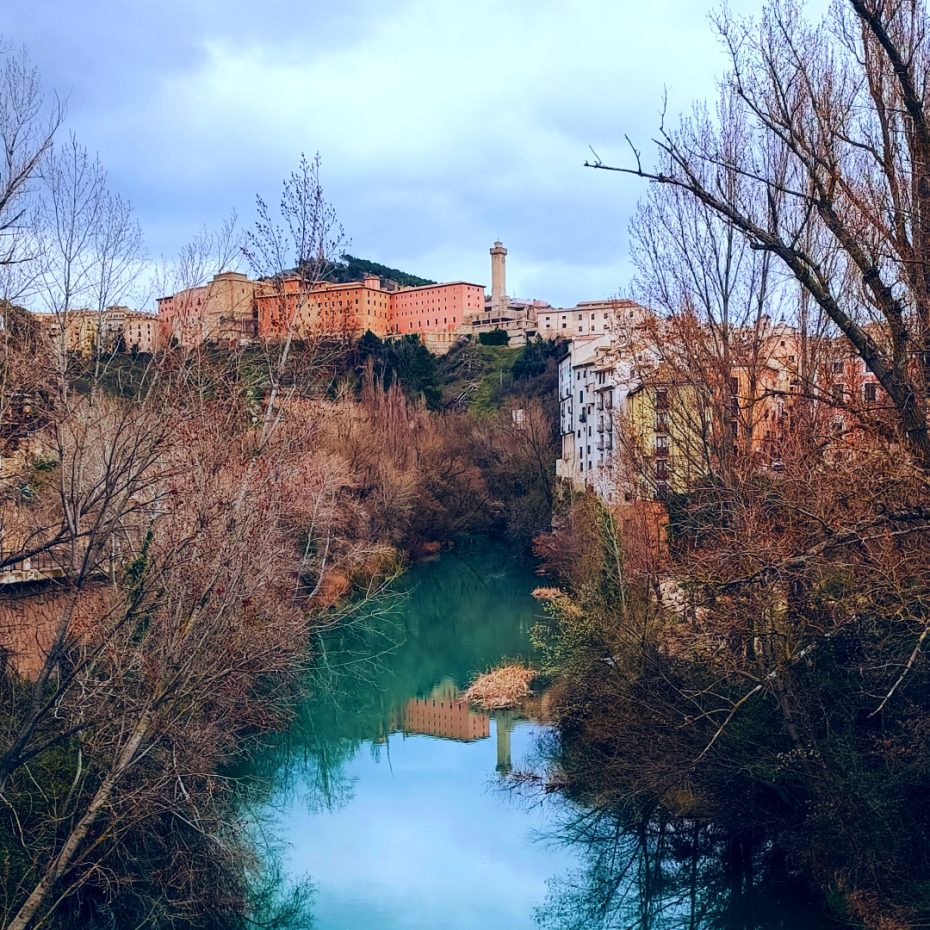
Conclusion
This has been our summary of the things to see in Cuenca in two days. This visit was created based on our actual experience visiting Cuenca in two days. There will surely be parts that you would like to change to visit yours. These are other attractions of Cuenca that you could add to your visit if you have more time or want to replace some of the above-mentioned:
- Paleontological Museum of Cuenca: This modern museum has dinosaur models, thousands of fossils, and informative multimedia screens.
- Museo de Cuenca: A small local museum with archaeology, ethnology, and fine arts collections.
- Fundación Antonio Pérez: Contemporary art center in a 16th-century church brought together by the poet and artist Antonio Pérez.
- Diocesan Museum of Cuenca: Museum of sacred art with works by El Greco and tapestries.
- Espacio Torner: Contemporary art center dedicated to the artist Gustavo Torner.
- Museo de las Ciencias de Castilla La Mancha: With installations and interactive exhibits on science.
- Nacimiento del Río Cuervo: Natural Monument with forests and waterfalls.


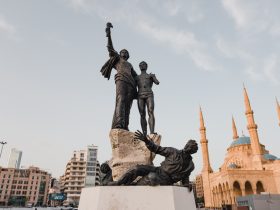
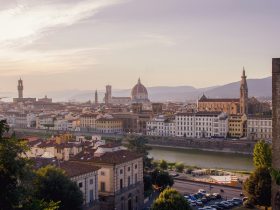
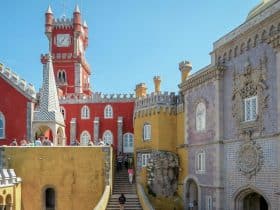
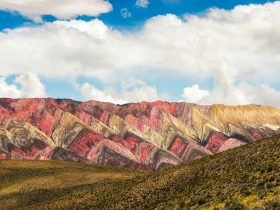
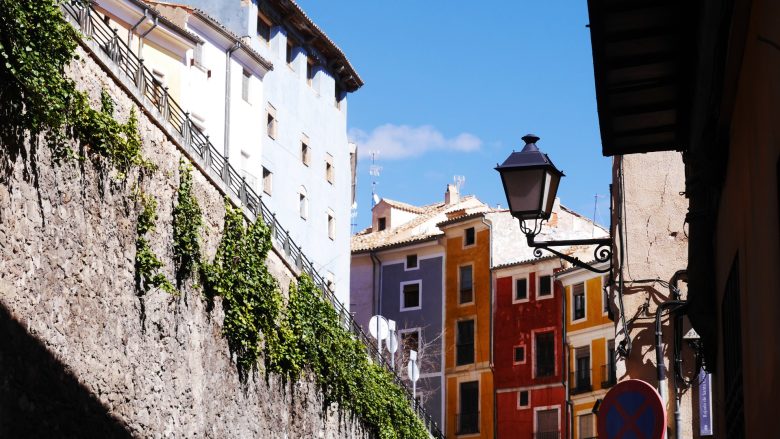
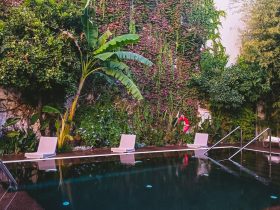
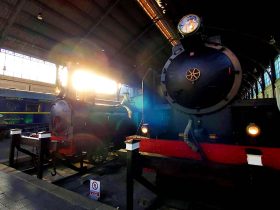
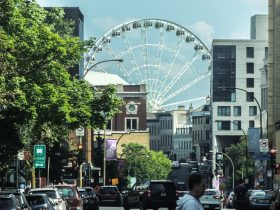
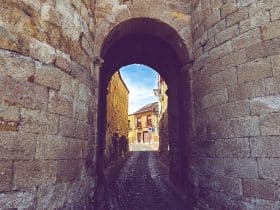










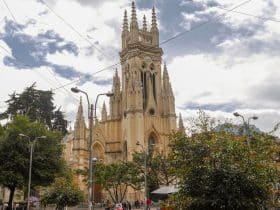
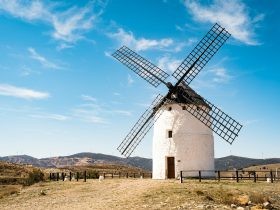
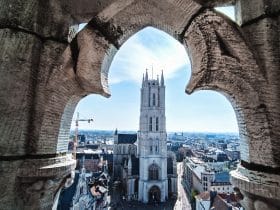

Leave a Reply
View Comments